|
It is truly remarkable how a simple sip of wine can transport me to a different place and time. In 2022, I traveled to Alentejo, Portugal, with a small group of fellow wine writers. We had the pleasure of visiting 11 wineries, and meeting engaging winemakers. We tasted memorable wines, indulged in the local cuisine, and soaked up this small region’s rich history and culture. I wrote many articles about Alentejo before my visit and several articles after returning. So, instead of repeating myself about its eight sub-regions, terroir, and grapes, please click “Alentejo” on the Categories list to read about this fascinating region, its wineries, and grapes. Or jump to this article for a quick introduction. thewineknitter.com/the-journal/alentejo-a-magical-wine-region While in Alentejo, we visited the estate of Herdade Do Esporão, located in the Reguengos de Monsaraz DOC sub-region. Herdade do Esporão is one of the largest wine producers in Alentejo. They have over 450 hectares of vineyards with 194 grape varieties planted on the estate, of which 37 are in full production. In addition to the wine vineyards, there are four types of olive trees in the 80-hectare olive groves, along with orchards and kitchen gardens. All farming uses organic methods and integrated production. They began the transition to organic farming in 2008, and 11 years later received their organic certification. I recently received Esporão Reserva Red and White samples, which I also enjoyed tasting while visiting the estate. (I took both photos 11/2022.) Although the samples are different vintages with new label designs, these wines evoke fond memories of a great trip! Esporão Reserva White 2022 DOC Alentejo This wine is considered the flagship wine of the Esporão Alentejo estate. Grapes are harvested from 18 to 27-year-old grapevines in certified organic vineyards with soil of granite/schist base and loam/clay structure. It is a blend of Antão Vaz, Arinto, and Roupeiro grapes. It is aged six months in stainless steel tanks and new American and French oak barrels. Nose: Hints of white flowers, honeydew, white stone fruit, vanilla, and toasted notes. Palate: This wine is fresh and vibrant with a touch of tropical notes. Honeydew, pineapple, minerality, and lemon zest are playful on the palate. Alcohol: 13.5% SRP: $23 Pairing suggestions: Enjoy as an aperitif or with salads, grilled chicken, and sushi. Esporão Reserva Red DOC Alentejo 2021 Herdade Do Esporão first introduced this wine in 1985. It is a blend of Alicante Bouschet, Trincadeira, Touriga Nacional, Aragon, and Cabernet Sauvignon. The grapes are sourced from vineyards with organic farming certification and vines averaging 20 years of age. This wine is aged 12 months in new (20%) and old (80%) American oak and French oak barrels, and then a minimum of six months in the bottle. Nose: Violet notes, dark berries, plum, a hint of cherry, baking spice, and pepper. Palate: Aromas dance onto the palate with spice and slightly chewy tannins on the finish. It is very drinkable now, but I used my Coravin and look forward to tasting this again in one year. Alcohol: 14% SRP: $23 Pairing suggestions: Serve with grilled meat, pasta, grilled or sautéed veggies, or burgers and fries. The next time you want to travel to a particular wine region, start with a glass of wine and let your palate begin the journey! Until next time… Cheers! Penina To leave a comment or if you have an inquiry, please contact me at [email protected] Several years ago, I had the pleasure of dining with Domingos Soares Franco in New York City. For those who might not know him, Domingos is co-owner and senior winemaker at José Maria da Fonseca, a historic family-run winery in Portugal. Domingos and his brother António are the sixth generation to run this winery. And now, three members of the 7th generation have joined the team. On a recent trip to Alentejo, Portugal, I was ecstatic to have the opportunity to meet again with the now semi-retired Domingos! He is as charismatic and engaging as when I first met him in 2019. His passion and enthusiasm shine through in all he does, including producing outstanding wines. Domingos has the distinction of being the first Portuguese national to graduate with a degree in Fermentation Sciences (Viticulture and Oenology) from the University of California, Davis, in 1981. As he explained in 2019, “In the 1970s, there were no wine schools in Portugal or nearby, so I went to America to learn.” In addition to the knowledge he acquired from being part of one of the oldest and most prestigious wineries in Portugal, he returned from America with a newfound insight that influenced his approach to vine growing and winemaking. By 2020, Domingos had completed 40 harvests! José Maria da Fonseca was established in 1834 and is one of Portugal’s most historic wine producers. Its headquarters are in Azeitão on the Setúbal Peninsula. It is the fourth-largest winery in Portugal, with more than 650 hectares of vineyards and an extensive collection of Portugal’s top local varieties. Their vineyards are in several wine regions around Portugal, including Douro, Vinho Verde, Alentejo, Dao, and Setúbal. Alentejo has eight sub-regions, and the vineyards for José Maria da Fonseca are located in Reguengos, the largest of these sub-regions, where some of the oldest vineyards of Alentejo can be found. The landscape is dramatic, scattered with rocky outcrops and poor, stony soil. A continental climate consisting of cold winters and hot summers, along with the soils, strongly influence the viticulture here, producing powerful and full-bodied wines. Casa Agrícola José de Sousa Rosado Fernandes was purchased in 1986, which includes the Herdade do Monte da Ribeira. The property is rich in history and esteem and has produced wine since at least 1878. With the purchase of the property, José Maria da Fonseca made an old dream come true by producing wine in Alentejo using traditional winemaking techniques initiated by the Romans over 2000 years ago. In keeping with this tradition, an ancient fermentation method occurs in clay amphorae, referred to as Tahla winemaking. The winery has possession of 120 clay amphorae ranging in age from the year 1895 to 1908. Domingos said, “The Romans brought the clay pots to this region, but it was invented in Georgia.” He added, “After a trip to Georgia and tasting wines from clay pots, that was it. I was taken with the aromas and flavors of both white and red wines. Over time, the wines develop such complexity.” His collection of amphorae comes from three different origins in Portugal, but Domingos feels the clay pots made locally are the best. “The amphorae are very hard to replace and can’t be touched in winter because they are so slippery from the humidity and will break.” Slide show photo credits: Penny Weiss We tasted eight wines while visiting the winery, all of which were a treat for the nose and palate. Here is a small sampling of these captivating wines. Dona Julieta Reserva 2020 This is a blend of Aragonês, Trincadeira, Syrah, and Alicante Bouschet. The grapes are fermented in stainless steel vats and aged six months in French and American oak. Nose: Dark fruit, plum, earthy Palate: Rich dark fruit, a hint of fennel and chocolate, soft tannins, and nice acidity. Alcohol: 14% Pairing suggestions: Grilled meat, game, veggies, or cod. José De Sousa Mayor 2018 This wine is a blend of Gran Noir, Trincadeira, and Aragonês. Domingos described Grand Noir as a small and very concentrated berry with distinctive notes of coffee and dark chocolate. He added that during fermentation, one can smell the flavors. “It is a fantastic variety.” Fermentation for this wine takes place in talhas with part of the must, skins, and 30% stems. The other portion is fermented in lagares. A lagare is a large, open vat made of stone. The wine is aged for nine months in new oak barrels. Nose: Ripe fruit, figs, dates, spice, a touch of leather, and wood. Palate: Dark fruit, sour cherry, rich flavor, complex and balanced with smooth tannins and a long finish. Alcohol: 14.5% Pairing suggestions: Cheese, game, vegetable risotto, or potato casserole. Puro Talha Red 2015 A blend of Grand Noir, Trincadeira, Aragonês, and Moreto is vinified in 100% clay pots. No oak is used. Nose: Floral, mineral notes, red fruit, nuts, clove,
Palate: A robust and complex wine with berries, earth, clay, and spice. A hint of savory lingers on a long finish. Alcohol: 14% Pairing suggestions: Grilled red meat, game, seared tuna, cod, stews, or cheese spread. When asked about climate change, Domingos briefly replied, “I want to get ahead of climate change by experimenting and changing the clones. I think the best approach is to try different clones, definitely not change the varieties. José Maria da Fonseca has 34 brands, a market presence in 70 countries, and exports 60% of its production. Their wines are noteworthy and worth seeking out. To learn more about Alentejo, its diverse terroir, wine producers, and reviews, please click “Alentejo” on the Category menu at right. Until next time… Daylight savings has begun, and spring is just around the corner! As a rule, my mood dictates what wine to open, not the weather. And as I’ve mentioned many times in articles I’ve written, I’m not a “seasonal” wine drinker. I enjoy red, white, and rosé all year round. But of late, I’ve been looking forward to sitting outside amongst the budding trees, being serenaded by the birds, enjoying the scent of blooming lilacs, watching the sunset, and sipping a white or rosé wine! Pure bliss! And as much as I love all the seasons, I have a soft spot for spring because it is the season of renewal. And as Gustav Mahler, the composer, said, “Spring won’t let me stay in this house any longer! I must get out and breathe the air deeply again!” So without further ado, here are three white and three rosé wines to kick off the spring season and to enjoy while embracing the longer days and Mother Nature’s gift of renewal. Hat Strap Chardonnay, Los Carneros AVA 2021 This California wine is produced by Cline Family Cellars, established in 1982, a family-owned and operated winery. The grapes for this 100% Chardonnay are sourced from the Cline family’s J. Poppe sustainably farmed vineyard, the oldest Sonoma vineyard on the winery’s estate. Grapes are fermented in a mixture of stainless tanks and French oak barrels. The wine is aged for ten months in 35% new French oak barrels, 35% in neutral barrels, and the rest in stainless. Nose: Sweet apples, white stone fruit, tropical notes, and a hint of lemon. Palate: Juicy peach, pineapple, a hint of herbs and spice with a creamy mouthfeel, and lively acidity balanced with a savory finish. Alcohol: 14.5% SRP: $25.00 Pairing suggestions: Enjoy as an aperitif or pair with salads, light pasta, grilled seafood, or roasted chicken and veggies. Herdade Do Esporão Monte Velho Rosé 2021 Herdade Do Esporão, whose history dates back over 750 years, has vineyards located in the Alentejo wine region in the southern half of Portugal. Monte Velho means “old mound.” and refers to a high point on Herdade Do Esporão estate capped by the ancient square fortress depicted on the label. Blending is a significant part of wine production in Alentejo, and this rosé is a blend of Touriga Nacional, Aragonez, Tinta Caiada, Syrah, Trincadeira, and Arinto, a white grape. The wine is certified vegan by the European Vegetarian Union. Nose: Floral, red berries, and pomegranate. Palate: Aromas segue onto the palate with a nice balance of fruit and acidity. This wine is fresh and lively and is an easy sipper to enjoy while watching the sunset! Alcohol: 12.5% SRP: $12 Pairing suggestions: Enjoy as an aperitif, or serve with charcuterie or light fare. Mandrarossa Grillo Sicilia DOC 2021 Mandrarossa is a brand created by Cantine Settesoli, located in Menfi, Sicily, on the island’s southwestern side. Cantine Settesoli was founded in 1958, and it is the largest winery in Sicily and a source of ongoing research and innovative ideas. Mandrarossa is Settesoli’s top brand, which emerged in 1999. This wine is 100% Grillo, a grape well-suited to Sicily’s hot, dry climate. It is a light and easy-drinking wine. Nose: Floral, stone fruit, lemon zest, herbs, and pear. Palate: Aromas segue onto the palate with citrus, vibrant acidity, salinity, and minerality. Alcohol: 13% SRP: 15 Euros (may not be available in the US) Pairing suggestions: Fresh ricotta, grilled veggies, seafood pasta, and grilled swordfish. Villa Gemma Cerasuolo d’Abruzzo Superiore Rosato DOC 2021 Masciarelli Tenute Agricole, a family-owned winery, was founded in 1981. They have 350 hectares of vineyards located in all four provinces of Abruzzo, Italy. They are committed to sustainability in the vineyards as well as the winery. This rosé is 100% Montepulciano d’Abruzzo, with grapes sourced from a single vineyard of five hectares. Nose: Intense aromas of floral, red berries, cherry, and a hint of citrus. Palate: A juicy and dry wine with strawberry, raspberry, vibrant acidity, a creamy mouthfeel, a touch of herbs, a hint of pomegranate, and a long finish. I love this wine! Alcohol: 14% SRP: $21 Pairing suggestions: Serve as an aperitif, or pair with fish, risotto, fowl, veggie pasta, or seared tuna. CRIOS Torrontés 2021 Susana Balbo is the founder and owner of Susana Balbo Wines, located in Luján de Cuyo, Mendoza, in western Argentina, close to the Andes Mountains. Susana produces four brands of wine that include CRIOS. The CRIOS brand was created as a tribute to her son and daughter. CRIOS in Spanish means “offspring.” It is 100% Torrontés and hand-harvested from vineyards in Cafayete (Salta) and Uco Valley (Mendoza) regions at an elevation of 5,600 ft. Nose: Floral, pear, citrus, and white stone fruit. Palate: Fresh and lively with green apple, citrus, pear, crisp acidity, and minerality. Alcohol: 12.5% SRP: $15 Pairing suggestions: Enjoy as an aperitif or serve with light pasta, seafood, salads, or Asian cuisine. Château D’Esclans Rosé Côtes de Provence 2020 Château d’Esclans is located in the heart of Provence, France. Sacha Lichine purchased this magical estate in 2006 with a determination to create the greatest rosés in the world. The Cháteau d’Esclans is the estate wine made with Grenache and Rolle (Vermentino), sourced from the estate’s vineyard. Vinification takes place in both stainless steel and barrels, adding to the wine’s freshness and complexity. Nose: Floral, strawberry, vanilla, and hints of stone fruit. Palate: Smooth, creamy, rich, and fresh, with berry, pear, minerality, sweet spice, and a long finish. Alcohol: 13.5% SRP: $60 Pairing suggestions: Enjoy as an aperitif or serve with charcuterie, salads, grilled veggies, quiche, goat cheese, smoked salmon, or sushi. Winter or spring? I am more than ready to step into the photo on the right! Photo credits: Penny Weiss Happy sipping!
Until next time… Cheers! Penina To leave a comment or if you have an inquiry, please contact me at [email protected] For the past several years, I have delved into the wines of Alentejo, Portugal, through virtual tastings and many expressive wine samples. I have written articles about many of Alentejo’s wine producers, terroir, grapes, wine reviews, and the Sustainability program. But physically exploring this magical wine region has given me a whole new perspective. After visiting Alentejo in November, I came home with an enriched appreciation not only for the wine and how this region embraces the art of traditional and modern winemaking techniques but also for its history, culture, and cuisine. Most of all, I was awed by the impressive dedication, enthusiasm, and passion these wine producers possess. Over five days, we met with 11 producers, explored vineyards and cork tree forests, sampled wines made in amphorae (a traditional and ancient way of fermenting wine in clay vessels called vinho de talha), indulged our palates with amazing cuisine, savored local olive oil, and stayed in Évora, a UNESCO World Heritage Center! So, where to begin? Alentejo is divided into eight sub-regions, so let’s explore a few of the sub-regions I visited, along with wineries, cork tree forests, and so much more, one article at a time. If Alentejo is unfamiliar, below is a short recap from a previous article I wrote. Alentejo is situated in the southern half of Portugal and covers one-third of the country. It is about a 90-minute drive from Lisbon and a must-see destination. This wine region is one of Portugal’s largest production areas and is divided into eight sub-regions, as seen on the map below. Mostly, Alentejo enjoys a typically Mediterranean climate with some Atlantic influence. However, the sub-region of Portalegre experiences much cooler temperatures due to its proximity to the mountains. The terrain throughout Alentejo is primarily flat with gently rolling hills, and the soil varies throughout its eight sub-regions. In fact, Alentejo has the most diverse soil of any region in Portugal. Interspersed amongst the mountains, hills, and valleys, one can find soil with clay, limestone, quartz, granite, schist, sandstone, and marble. Most of the soils are non-calcareous, meaning they are neutral or more acidic. Alentejo has 51,000 acres of planted vines that enjoy 3000 hours of sunshine annually. More than 80% of the grapes grown here are red, but whites are gaining momentum, especially Antão Vaz. The wines produced here come in a range of styles, influenced by the diversity of the climate and soil. Portugal has more than 250 indigenous grape varieties and 14 regional wine areas. It rates as the highest density of native grapes per square mile in the entire world. Imagine the blending creativity winemakers have with all these varieties at hand. For over 2000 years, blending has been a tradition for Alentejo winemakers. With so many grapes ripening at different times, winemakers have turned what might be considered a liability into an opportunity to create beautifully blended wines. So, let’s start the adventure! Our first stop is a visit to Paulo Laureano Vinhos, situated in the sub-region of Vidigueira. Vidigueira It is the most southern of the Alentejo sub-regions with more than a 2000-year history of winemaking. The Vidigueira fault is a natural landmark separating the Alto (upper) Alentejo from the Baixo (lower) Alentejo and extends from east to west. Although it is the most southern of the sub-regions, Vidigueira has the mildest climate and, for many years, dominated the production of Alentejo white wines. The soil in this sub-region is generally infertile and mainly comprised of schistose and granite. Paulo Laureano Vinhos Paulo Laureano is not only an agronomist and winemaker but also taught agronomy, biology, microbiology, and oenology at the University of Évora for ten years before deciding to focus exclusively on his passion for “designing wines.” And he is the first generation in his family to make wines. Paulo said, “If you live in this country, it’s quite easy to start liking wines. You either have a passion, or you don’t!” Paulo continued, “Vidigueira is very different from the rest of Alentejo. The soil is mainly schist; we have dark schist that adds minerality to the wines. Most other areas are granite-based soils. This area has small slopes, whereas most of Alentejo is flat. It is hot during the day, and temperatures drop by 30º at night, which is very important for maturation.” Paulo purchased 100 hectares in Vidigueira in 2006. He kept some old vineyards with strong vines and began changing the others. “We have a selection of indigenous grapes that are separate from the rest of Alentejo. Not better or worse, just different.” He grows 12 indigenous grape varieties, six red and six white. Many of his red wines ferment in Amphorae. Red Varieties Aragonez (Tinta Roriz) Trincadeira (Tinta Amarela) Alicante Bouschet Alfrocheiro Touriga Nacional Tinta Grossa (Paulo: “very rare and only exists in Vidigueira. She is tough, and grapes are small.”) White Varieties Antão Vaz Aristo Roupeiro Verdelho Terrantez Loureiro When asked if he planned to go organic, Paulo’s reply was this. “Our philosophy and focus is sustainability. Perhaps we might go organic in the future. Our concern these days is not about treating the vineyards, but finding ways to give the plants more resistance and support against disease.” Paulo considers himself a minimalist winemaker, allowing the true essence of aromas and flavors to take center stage. We tasted ten of his wines, all impressive! Below is a slide show and a review of four of the ten wines I tasted. (Photo credits: Penny Weiss) Maria Teresa Laureano Verdelho DOC Alentejo-Vidigueira 2018
Fermented in stainless steel and aged in bottle. Fresh and vibrant with citrus, minerality, & tropical aromas. The palate presents with honeysuckle, citrus, minerality, and salinity. Dolium Escolha Branco DOC Alentejo-Vidigueira 2019 This 100% Antão Vaz is their top white wine. Grapes are sourced from the oldest (80+ years)vineyard. This wine is fermented and aged for eight months in new French oak barrels. The nose has hints of floral and citrus with minerality, spice, and elegant notes of tropical fruit segueing onto the palate with freshness, complexity, spice, fennel, and a long finish. Selectio Touriga Nacional DOC Alentejo-Vidigueira 2013 Touriga Nacional is one of the most famous Portuguese red grape varieties and is considered the queen of Portuguese reds. Paulo only produces this wine in years of excellence. It is fermented in stainless steel vats and aged in French oak barrels. It has aromas of rich, dark fruit, spice, and earth with minerality. The palate offers lush berries, jam, and spice. It is beautifully balanced and smooth with a long finish. Dolium Reserva Tinto DOC Alentejo-Vidigueira 2015 This wine is only produced in years of excellent quality and is Paulo’s top red wine. It is a blend of ten varieties, of which only three are identifiable, Alicante Bouschet, Alfrocheiro, and Tinta Grossa. The wine is fermented in open tanks and then aged in new French oak barrels, followed by a long period in the bottle. Aromas of dark fruit, herbs, spice, and a hint of tobacco segue onto the palate with well-balanced acidity. It is smooth with a long, persistent finish. Our visit to Paulo Laureano Vinhos was a great beginning to this magical trip. In my next article about Alentejo, we will visit Herdade do Rocim and Cortes de Cima, also located in Vidigueira. So stay tuned for wine and gastronomic adventures! Until next time… Cheers! Penina To leave a comment or if you have an inquiry, please contact me at [email protected] Happy New Year! Wine & Dine Time is starting off 2023 with treats from Alentejo, Portugal. Fitapreta Vinhos sits at the edge of Évora, located in Alentejo, Portugal’s largest wine region. The land and fortified manor house, Paço do Morgado de Oliveira, was founded in 1306 and was originally owned by the church. Fast forward to 2016. After being without a winery and vineyards of his own, winemaker and producer of award-winning wines, António Maçanita purchased the property in 2016 and began restorations. The estate has 126 hectares of land and 33 hectares of vineyards. One of the vineyards is the Chão dos Eremitas vineyard, which grows Tinta Carvalha, an ancient indigenous grape variety.. On a recent visit to Fitapreta, António talked about this ancient variety. “Tinta Carvalha is a very light-skinned grape, and a light variety, with nice acidity. And one day it disappeared. It probably vanished because in the late 1980s and early 1990s wine producers were looking to make wines more concentrated and more powerful. As a result, the lighter grapes were “punished” and disappeared. We are the only ones in Portugal growing Tinta Carvalha at this moment. I want to bring back to the blends all the lighter grapes.” António is quite engaging and his enthusiasm is contagious! He has much to say about Alentejo and winemaking. And I have much more to say about him and Fitapreta. A more focused article will be forthcoming. In the meantime, let's wine and dine! Tinta Carvalha 2020 This wine is 100% Tinta Carvalha an ancient grape from the Chão dos Eremitas vineyard, handpicked from 51-year-old vines. The wine is aged for 12 months in stainless steel vats and is the only 100% Tinta Carvalha wine produced in Portugal. Nose: Sour cherry, red berries, spice, and earth. Palate: Light and fresh with red fruit, cranberry, strawberry, spice, minerality and acidity. A refined balance between tannins and acidity. Alcohol: 12% SRP: $33 Pairing suggestions: meats, game, stews, grilled portobellos, or fatty fish. FitaPreta suggests this delicious and easy recipe to pair with the wine. Glazed King Oyster Mushrooms Ingredients for four servings:
2 tablespoons unsalted butter 1 tablespoon light soy sauce 1/4 teaspoon dark soy sauce 1/2 teaspoon honey 1 clove garlic finely grated 1/4 teaspoon black pepper 1 pound king oyster mushrooms 2 tablespoons vegetable oil 1 scallion chopped Instructions: To prepare the glaze: Gently melt the butter in a small saucepan and then add the light and dark soy sauce, honey, grated garlic, and black pepper. Mix well and set aside. Clean the mushrooms and slice lengthwise in approximately 1/4 inch slices. They should be thick. Heat large pan over medium-high heat and liberally abrush with oil. Add one layer of mushrooms at a time with space in-between, making sure that they sear, not steam! Sauté each side until golden brown, about four to five minutes per side. Repeat layers until all mushrooms are cooked. After sautéing, return ALL the mushrooms back to the pan and pour the glaze over them, and immediately turn off the heat. Carefully toss the mushrooms in the glaze until they are covered. Garnish with chopped scallions and serve with rice or glass noodles. Enjoy with a glass of Tinta Carvalha! Until next time… Saúde and aproveite sua comida! Penina To leave a comment or if you have an inquiry, please contact me at [email protected] This isn’t my first story or review of wines from the diverse wine region of Alentejo. These expressive wines are impressive and never disappoint my palate. For those of you who are unfamiliar with the Alentejo wine region, here is a quick recap. Alentejo is situated in the southern half of Portugal and covers one-third of the country. This wine region is one of Portugal’s largest production areas. It is divided into eight sub-regions as seen on the map below. For the most part, Alentejo enjoys a typically Mediterranean climate with some Atlantic influence. However, the sub-region of Portalegre experiences much cooler temperatures due to its proximity to the mountains. The terrain throughout Alentejo is mostly flat with gently rolling hills, and the soil varies throughout its eight sub-regions. In fact, it has the most diverse soil of any region in Portugal. Interspersed amongst the mountains, hills, and valleys, one can find soil with clay, limestone, quartz, granite, schist, sandstone, and marble. Most of the soils are non-calcareous, meaning they are neutral or more acidic. Alentejo has 51,000 acres of planted vines that enjoy 3000 hours of sunshine annually. More than 80% of the grapes grown here are red, but whites are gaining momentum, especially Antão Vaz. The wines produced here come in a range of styles, influenced by the diversity of the climate and soil. For over 2000 years, blending has been a tradition for Alentejo winemakers. With over 250 indigenous grape varieties and 14 regional wine areas, Portugal rates as the highest density of native grapes per square mile in the entire world. Imagine the blending creativity winemakers have with all these varieties at hand. With so many grapes ripening at different times, winemakers have turned what might be considered a liability into an opportunity to create beautifully blended wines. Below are five samples of red blend-based wines from Alentejo. Herdade São Miguel Colheita Seleccionada Red 2017 This wine is produced by Casa Relvas located in the Evora sub-region. It is a blend of 50% Alicante Bouschet, 30% Touriga Nacional, 10% Syrah, and 10% Cabernet Sauvignon. 2017 was the third year of drought in Alentejo, but fortunately, due to the vines growing on clay and schist soil, they withstood the drought. Grapes are harvested in the evening when they are their most ripe. 50% of the wine was aged in French oak for four months. Lovely aromas of red and black fruits are inviting, with plum, raspberry, and spice thrown in. Aromas continue onto the palate with juicy dark cherry, blackberry, and a touch of herbs and earth. Bright acidity and firm tannins add to this beautifully blended wine. Alcohol: 13.5% SRP: $15 Adega De Borba Reserva Red 2015, DOC Alentejo Produced in the sub-region of Borba, this wine is a blend of 30% Trincadeira, 30% Alicante Bouschet, 20% Aragonez, and 20% Castelão. The grapes originate from old vines that grow in chalky-clay and schist. The blend is aged for 12 months in 3rd and 4th-year French oak and wooden barrels and another six months in the bottle. It opens with aromas that are reminiscent of rich dark jam, berries, and baking spice. The palate offers a wonderful balance of sweet and tart, with notes of sour cherry, plum, chocolate, and smooth tannins. Flavors linger on a long finish. Alcohol: 13.5% SRP: $18 Esporão Reserva Red 2016 Herdade Do Esporão first introduced this wine in 1985. It is a blend of Aragonez, Trincadeira, Cabernet Sauvignon, and Alicante Bouschet. Grapes are sourced from vineyards with soil of granite/schist origin and clay/loam structure. This wine is aged for 12 months in American oak (60%) and French oak (40%) barrels, and then an additional six months in the bottle. It begins with a rich bouquet of cherry, raspberry, blackberry, plum and baking spice. The palate is entertained with lush dark fruit jam, spice, and a hint of plum. Smooth tannins and a long berry finish add to the richness of this wine. Alcohol: 14.5% SRP: $24 Cartuxa, Tinto 2016, DOC Évora This is a historic winery with origins dating back to 1598. Carthusian monks who established the Santa Maria Scala Coeli Monastery were the first to make wine in Cartuxa. This wine is a blend of 40% Aragonez, 40% Alicante Bouschet and 20% Trincadeira. Grapes are sourced from vineyards with vines that average about 30-years of age, on soil of granite and schist. The wine is aged for 12 months in French oak barrels and then an additional nine months in the bottle. Heady aromas of floral, dark berries, earth, spice, and toasty notes segue onto the palate with a touch of cocoa. It is beautifully structured with fine tannins. Alcohol: 14% SRP: $25 Carmin Reguengos Garrafeira Dos Sócios 2014 Founded in 1971, the Cooperativa Agricola de Reguengos de Monsaraz is the largest winery in Alentejo. Vineyards for this elegant wine date back to the Middle Ages and surround the historic village of Monsaraz in the sub-region of Reguengos. 65% Alicante Bouschet, 20% Touriga Nacional and 15%Tinta Caiada make up the blend for this robust wine. It is aged for 14 months in French and American oak barrels. After aging, the wine is bottled and laid down for at least one year before release. This wine has a seductive bouquet of ripe plum, dark fruit, and spice that spills onto the palate. It is a richly textured wine with added notes of blackberry, black cherry, earth, and pepper. The finish is long and graceful, with smooth tannins and fine acidity.
Alcohol: 14.5% SRP: $48 All of these wines are beautiful blends representing the magic and artistry of the winemakers in Alentejo. The structure, complexity, and expressiveness are manifested in each bottle. Until next time… Cheers! Penina To leave a comment or if you have an inquiry, please contact me at [email protected] There is much to be said about the expressive wines of Alentejo. Over the last year or so, I have reviewed many Alentejo wines and written several stories about this diverse wine region. Today, my attention is directed to the Sustainability Program (WASP, Wines of Alentejo Sustainable Program) and five wines from producers who are active members in this program. Alentejo covers one-third of Portugal located in the southern half of the country and enjoys a typically Mediterranean climate with some Atlantic influence. The soil of Alentejo varies throughout its eight sub-regions. In fact, it has the most diverse soil of any region in Portugal. Interspersed amongst the mountains, hills and valleys, one can find soil with clay, limestone, quartz, granite, schist, sandstone and marble. Most of the soils are non-calcareous, meaning they are neutral or more acidic.
Alentejo has 51,000 acres of planted vines that enjoy 3000 hours of sunshine annually. More than 80% of the grapes grown here are red, but whites are gaining momentum, especially Antão Vaz. The wines produced here come in a range of styles, influenced by the diversity of the climate and soil. The Sustainability Program was launched in 2015 by CVRA (Comissão Vitivinicola Regional Alentejana). It’s objective is to reduce costs and increase economic viability through a proactive approach to environmental pressures and social concerns. Some of these initiatives include biodiversity and ecosystems, soil management, renewable energy and water conservation. In just five short years, the WASP program has established Alentejo as one of the world’s most progressive sustainability regions and is being recognized internationally for this award-winning program. WASP began with 96 members in 2015 and has grown to 396 members representing about 45% of Alentejo’s vineyard area. There are currently 1800 grape growers and 260 wineries in Alentejo. According to João Barroso, WASP Director of Sustainability, “Sustainability is the new paradigm of the 21st century. Producers who do not make sustainability a core part of their business model will become progressively outdated, side-lined by consumers and possibly through new intentional policies.” Each wine review ends with a “WASP Highlight”. Casa Relvas Sao Miguel Do Sul Red Blend 2018 A blend of Aragonez, Alicante Bouschet, Trincadeira and Cabernet Sauvignon. Ten percent of the wine is aged in French oak for six months. A bouquet of violet, red and dark fruit lead to a palate of dark berries, cherry and a touch of spice. This is a juicy wine with smooth tannins and fresh acidity. Alcohol: 14% SRP: $12 WASP Highlight: Casa Relvas uses sheep to control weeds during the vegetative rest period of the vineyard, reducing the need for hydrocarbon-dependent herbicides. Esporão Colheita Branco 2018 Harvested from certified organic vineyards, this wine is a blend of Antão Vaz, Viosinho, Alvarinho and a small amount of other grapes. This has refreshing aromas of grapefruit, lemon, and a touch of tropical fruit. A creamy palate (from four months spent on fine lees) blends nicely with tropical fruit flavors, peach and crisp acidity. Alcohol: 14% SRP: $16 WASP Highlight: Herdade do Esporão is one of Portugal’s most progressive wineries. They have led the way with a testing nursery to identify which indigenous grape varieties are best adapted to a changing climate. Herdade Dos Grous Red 2018 This is a nice blend of Aragonez, Alicante Bouschet, Touriga Nacional and Syrah that is aged for nine months in French oak barrels. Delicious aromas of ripe red fruit and spice segue onto the palate with dark cherry, plum and vanilla. Spice and cherry linger on a long finish. Alcohol: 13.5% SRP: $19 WASP Highlight: Herdade Dos Grous has reduced bottle weight across all their wines. Herdade De Coelheiros Coelheiros Red, 2017 This is a 50/50 blend of Aragonez and Alicante Bouschet. It is aged for 12 months in French oak barrels. A nice bouquet of red and black berries, spice and earthy notes envelop the nose. The palate offers blackberry, cherry, spice and pepper with a rich mouthfeel that is balanced with acidity. Alcohol: 14% SRP: $20 WASP Highlight: Herdade De Coelheiros uses bat shelters to encourage bats to make their home here – another natural approach to tackling unwanted insects in the vineyard. Carmim Reguengos Garrafeira Dos Sócios 2014 Alicante Bouschet, Touriga Nacional and Tinta Caiada make up the blend for this robust wine. It is aged for 14 months in French and American oak barrels. Lots of plum, dark fruit and spice greet the nose and segue onto the palate with added notes of blackberry, black cherry, pepper and anise. A perfect balance of acidity and fine tannins add to the lengthy finish. Alcohol: 14.5% SRP: $48 WASP Highlight: Carmim composts all organic waste from the winemaking process (grape pomace and lees) into fertilizer. New additions to the winery include the installation of rooftop solar panels, taking advantage of Alentejo’s abundant solar energy. All of these wines are well priced and very pleasing to the palate. And, for me, it’s a bonus that these producers are making wine with an emphasis on sustainability and moving toward organic farming. Bravo! Until next time... Yes, I’m writing about wines from Portugal again. Let’s face it, many great wines are being produced in this country and the price to value ratio is impressive. With fourteen diverse regional wine areas and 250 indigenous grape varieties grown here, there is a lot to offer. Esporão is a cutting edge winery with a presence throughout Portugal. I’ve tasted and reviewed their wines before but felt inspired to write a touch more about this winery after tasting a few more samples of their wines and olive oil that were sent to me recently. To read more detail about the wine regions of Portugal and past wine reviews, please click on the Categories menu at right. Esporão has approximately 700 hectares of prime agricultural areas that include wine vineyards, olive groves and other crops planted in the Alentejo and Douro wine regions of Portugal. The Herdade do Esporão estate is in the Alentejo region and Quinta dos Murças property is in the Douro region. Herdade do Esporão has 450 hectares of vineyards with 194 grape varieties planted on the estate of which 40 grape varieties are in full production. In addition to the wine vineyards, there are four types of olive trees in the 80-hectare olive groves along with orchards and kitchen gardens. All farming uses organic methods and integrated production. Quinta dos Murças is located in the heart of the Douro DOC region amid 8 diverse terroirs distinguished by different altitudes, varied schist soils and sun exposures. This estate was the first to plant vertical vineyards in the Douro region in 1947. The property has 48 hectares of wine vineyards, an olive grove, orange grove and almond trees. All agricultural production here employs organic production methods. Esporão Reserva White 2017 DOC Alentejo is considered the flagship wine of the Esporão Alentejo estate. Grapes are harvested from 18-year-old grapevines in certified organic vineyards with soil of granite/schist base and loam/clay structure. This wine is a blend of 20% Antão Vaz, 40% Arinto and 40% Roupeiro grapes. It is aged for 6 months in stainless steel tanks and in new American and French oak barrels. A color of golden yellow leads to aromas of floral, grapefruit, white stone fruit, vanilla and a hint of banana. The palate is layered with stone fruit, apple, pineapple, and a touch of spice, toast and minerality. This is a rich wine with a creamy texture and just the right amount of acidity. Citrus zest on a lengthy finish adds a refreshing touch. Serve as an aperitif or with light fare. Alcohol: 14.5% SRP: $20 Esporão Colheita Red 2017 is a blend of Touriga Nacional, Cabernet Sauvignon and Arargonez grapes that were harvested from 11-year-old vines in certified organic vineyards. Vines are grown in soil of granite/schist base and loam/clay structure. This wine was aged for 6 months in tulip-shaped porous tanks that aim to preserve the wine’s character. Fresh berries, plum, spice and a hint of floral greet the nose of this vibrant ruby colored wine. This is an elegant and balanced wine that is full-bodied and rich in flavor. Cherry, plum, dark berries, spice and a touch of anise and earth grace the palate. A bit of pepper and dark plum linger on the finish. Serve with grilled meat, fowl and pasta. Alcohol: 14% SRP: $18 Quinta dos Murças Minas Red 2016 DOC Douro is a blend of Touriga Franca, Touriga Nacional, Tinta Roriz, Tinto Cão and Tinta Francisca. The vineyards are located at altitudes between 360 ft. and 985 ft. with schist soil and vines ranging from 8 years old to 32 years old. Aging took place in concrete vats and used French oak casks for 9 months. A deep ruby color leads to intense aromas of ripe berries, floral and spice. The palate offers lush dark berries, black cherry, spice and a hint of licorice. This is another elegant wine that is fresh and balanced with firm tannins and acidity. It is rich but not overpowering and will pair nicely with an array of meat, grilled tuna steaks and hearty stews. Alcohol: 13.5% SRP: $20 Esporão produces six varieties of olive oil. As stated on their website, “The production of Esporão’s olive oils comes from the will to apply the knowledge obtained in the production of wines into the production of high quality olive oils. Thus, we seek that our olive oils are the expression of their land, looking forward to enhance indigenous varieties. All oils, exclusively extra virgin or virgin, are produced using natural methods and entirely traditional processes, preserving the pure juice of the harvested olives.” Esporão Organic Olival dos Arrifes Extra Virgin Olive Oil is a blend of Cobrançosa and Arbequina green olives that are harvested from the Arrifes olive grove at Herdade do Esporão. The olive grove has been certified in Biological Production Mode since 2009. I poured a little of the olive oil into a shot glass. The color is golden yellow with a slight greenish hue. This is a very aromatic and flavorful olive oil. An inviting aroma of fruit, floral and spice segued onto the palate offering vegetal, (mainly artichoke) a hint of pepper and a slightly bitter and nutty finish. Drizzle it on fresh grilled vegetables. Quite yummy!
SRP: $16/250ml As I continue to explore the myriad of wines that Portugal has to offer, I will share my findings with you. In the meantime, try a glass of Esporão wine and share your thoughts with me! Until next time… Cheers! Penina To leave a comment or if you have an inquiry, please contact me at [email protected] With 250 indigenous grape varieties officially registered in Portugal and fourteen regional wine areas, there is much to explore and a lot of wine to taste. A few months ago I wrote about Alicante Bouschet, the signature red grape of the Alentejo region of Portugal. Today the spotlight is on Antão Vaz (ANT-ow VASH), the star white grape of this region. But before we dive into exploring this grape, let’s do a quick review of the Alentejo wine region. Portugal is divided into fourteen regional wine areas, each with its own unique geography and climate. The Alentejo wine region covers a third of Portugal in the southern half of the country and enjoys a Mediterranean climate. The wines produced here come in a range of styles, influenced by the diversity of the climate and soil. The soil of Alentejo varies throughout its eight sub-regions. In fact, it has the most diverse soil of any region in Portugal. Interspersed amongst the mountains, hills and valleys, one can find soil with clay, limestone, quartz, granite, schist, sandstone and marble. Most of the soils are non-calcareous, meaning they are neutral or more acidic. Alentejo has 51,000 acres of planted vines that enjoy 3000 hours of sunshine annually. More than 80% of the grapes grown here are red, but whites are gaining momentum, especially Antão Vaz. Antão Vaz is a large, thick-skinned grape that is disease resistant and also highly resistant to drought, which makes it well suited to the hot and sunny climate of Alentejo. When grapes are picked early, the wines tend to be light and quite aromatic with citrus notes and crisp acidity. If the grapes are left longer on the vine, the wines can reach higher levels of alcohol, making the wine suitable for barrel aging. Antão Vaz is quite versatile and is made in a wide range of styles. It can be made as a single varietal but is often blended with other native grapes such as Roupeiro, Arinto and Perrum. I recently received a selection of wines that show how multifaceted Antão Vaz is. Esporão Monte Velho White Blend 2017 Herdade do Esporão has 450 hectares of vineyards planted in key agricultural areas. For this wine, grapes were harvested throughout the region, resulting from a partnership with suppliers from the different sub-regions of Alentejo. Monte Velho is a blend of 40% Antão Vaz, 40% Roupeiro and 20% Perrum. The color is vibrant lemon with aromas of citrus, stone fruit and hints of green apple. White flowers, citrus notes and peach layer the palate. Crisp acidity and a beautiful mouthfeel add richness to this wine. It’s easy to drink and will pair with a variety of food. It’s perfect to serve with Asian cuisine. Alcohol: 14.5% SRP: $12 Herdade do Rocim Mariana Branco 2017 is a blend of 60% Antão Vaz 30% Arinto and 10% Alvarinho. The grapes were harvested from the sub-region of Vidigueira in the lower region of Alentejo where the climatic conditions are the most temperate. The wine color is light straw with a tinge of green. Delicate aromas of floral, peach and hints of mango segue onto the palate with tropical fruit and lemon. This is a refreshing wine with nice acidity and good structure. Serve with seafood, appetizers, light pasta and salad. Alcohol: 12.5% SRP: $13 Fitapreta Branco 2018 is a blend of Antão Vaz, Roupeiro, Rabo de Ovelha, Tamarez, Arinto and Alcante Branco. Grapes are harvested from the sub-region of Évora located in the interior of Alentejo, which experiences typical mild and warm Mediterranean weather with more rainfall in the winter. The batches of grapes are fermented separately so as to preserve their distinctive qualities and only blended post-fermentation. The color is pale lemon with aromas of floral, citrus, candied apple and hints of minerality. Citrus, honey, pear, tropical fruit and just the right amount of acidity on the palate makes for a very refreshing wine. Serve with seafood, light appetizers and salad. Alcohol: 13% SRP: $22 Herdade da Malhadinha Nova Antão Vaz da Peceguina 2016 is 100% Antão Vaz. Malhadinha Nova is situated in Albernoa, in the heart of lower Alentejo where the climatic conditions are the most temperate. The color of this wine is golden with lively aromas of tropical fruit, tangerine and honey. Subtle flavors of tropical fruit, citrus peel and an undefined mineral taste on the finish add to a fresh and well-structured wine. Try pairing with grilled fish and vegetables. Alcohol: 13% SRP: $25 The above wines are quite nice and they have piqued my interest in tasting barrel aged Antão Vaz. The barrel aged wines allow for the fruity characteristics of this variety to evolve and the texture becomes smoother as well. I’ll be sure to share my notes with you when I delve deeper into the versatility of Antão Vaz.
Until next time… Cheers! Penina To leave a comment or if you have an inquiry, please contact me at [email protected] It might have been an overcast and drizzly day in Manhattan, but in the upstairs private dining room at Aldea, a Portuguese restaurant, the mood was anything but somber. A few wine writers had gathered to meet the very charismatic and engaging Domingos Soares Franco. If you don’t know his name, then you should! Domingos is co-owner and senior winemaker at José Maria da Fonseca, a historic family-run winery in Portugal. Domingos along with his brother is part of the sixth generation to run this winery and the seventh generation is now joining the ranks. Domingos holds the distinction of being the first Portuguese national to graduate with a degree in Fermentation Sciences (Viticulture and Oenology) from the University of California, Davis in 1981. As he put it, “in the 1970s there were no wine schools in Portugal or nearby, so I went to America to learn.” In addition to the knowledge he acquired from being part of one of the oldest and most prestigious wineries in Portugal, he returned from America with a newfound insight that influenced his approach to vine growing and winemaking. He combines Portuguese tradition with a dash of modern thrown in. Domingos currently works with 30 grape varieties and enjoys seeking out varieties and blends that will appeal to the consumer. With a twinkle in his eyes, he said: “It’s a secret as to how I judge if a wine will make the consumer happy.” José Maria da Fonseca was established in 1834 and is one of Portugal’s most historic wine producers. Its headquarters are in Azeitão on the Setúbal Peninsula. It is the 4th largest winery in Portugal with more than 650 hectares of vineyards containing a collection of Portugal’s top local varieties. Their vineyards are located in several wine regions around Portugal that include Douro, Vinho Verde, Alentejo, Dao and Setúbal. The Fernandes Soares Franco winery located in Azeitão is a state of the art winery that was established in 1999. The winery is entirely computerized and has a 6.5 million-liter capacity with 513 vinification tanks, including traditional presses that date back to the 20th century. The six-member winemaking team is made up of two women and four men with Domingos at the helm. Domingos admits, “I wish we had more women winemakers. Women have a much more sensitive nose”. The team works closely together engaging in research studies, experiments and innovation. Domingos is always present for the blending sessions and he still makes the blends. We began our luncheon with a special cocktail called Alambre Burbujas made with a perfect blend of Alambre Muscatel, dry Sparkling wine, honey and bitters. It was heavenly and a must serve for the summer days ahead. Here is the recipe: Alambre Burbujas 1.5oz Alambre Moscatel 1 round of orange 2 dashes Angostura bitters .5 bar spoon honey 2oz dry sparkling wine Build: Combine Alambre, honey, orange and bitters in mixing vessel, muddle lightly to express the orange into the combination Add ice and stir to chill and combine flavors Strain into wine glass Add dry sparkling wine Garnish with Orange rind We tasted through five wines over a three-course meal. The first two wines were 2017 vintages. Domingos said, “2017 was a strange season with lots of rain and heat waves, but it was our best harvest in sixty years.” José de Sousa 2017 Region: Alentejo The José de Sousa Rosado Fernandez Cellar, which was founded in 1878, was purchased by José Maria da Fonseca in 1986, fulfilling their dream to produce wine in Alentejo. In keeping with a 2000-year-old Roman tradition, an ancient fermentation method takes place in ceramic amphorae (also called Talha winemaking). The José de Sousa Cellar owns 126 of these pots. Alentejo is well known for making Talha wines and it is part of the wine culture here. For the José de Sousa 2017, a small portion of the wine is fermented in the clay amphorae followed by 9 months of resting in French and American oak casks. The remainder of wine is fermented in stainless steel tanks. The wine is a blend of 58% Grand Noir, 22% Trincadeira and 20% Aragonês all harvested from the Alentejo region. The color is deep red with succulent aromas of dark fruit and spices. Concentrated flavors of rich and juicy fruit, cherry, spice, licorice, firm tannins, nice acidity and a hint of vanilla permeate the palate. Alcohol: 14.5% SRP: $19.99 Periquita Reserva 2017 Region: Setúbal Peninsula José Maria da Fonseca holds the prestige of being the first ever to bottle wine in Portugal. In 1850 the Periquita brand, a Castelão based dry wine was the first bottled wine released from the estate. Periquita Reserva 2017 is a blend of 56% Castelão, 22% Touriga Nacional and 22% Touriga Francesa. The wine is aged for 8 months in French and American new and used oak. Domingos explained that about 80% is new oak in order to give the wine a bit more vanilla. The color is ruby with aromas of red berries, strawberry, cherry, spice and vanilla that segue onto the palate with plum, dark cherry and hints of anise. This wine is beautifully balanced with good acidity and soft tannins. Alcohol: 13% SRP: $14.99 Domini Plus 2015 Region: Douro Sub-Region: Douro Superior This wine is a blend of 96% Touriga Francesa and 4% Touriga Nacional. Grapes were harvested from a combination of old and new vines in vineyards that span 37 acres in Douro Superior. The wine is aged for 10 months in new French oak casks. This wine has a deep ruby color and inviting aromas of floral, dark berries, anise and hints of tobacco. The palate is layered with dense dark fruit, earth, spice and a touch of minerality. This is another easy drinking wine that has richness to it with good acidity and smooth tannins. Alcohol: 13.9% SRP: $44.99 This is a nice selection of easy drinking red blends that capture the expression of the land. As Domingos says, “I look for elegant wines, not blockbusters or powerful and oaked.” All three red wines paired beautifully with my main course of Sea scallops with morel mushrooms and spring green garlic. Before I dive into the dessert wine, let me give you a brief history of the estate’s Alambre Moscatel. Setúbal Moscatel is a fortified dessert wine produced in the Setúbal Peninsula that was recognized as a D.O.C. in 1907. The name Alambre was taken from the estate where José Maria da Fonseca first planted the Moscatel grape variety. The name also refers to the wine’s amber color. Alambre 20 Years D.O.C Moscatel de Setúbal is made from 100% Moscatel de Setúbal. It is a blend of 19 vintages with the youngest wine being at least 20 years old and the oldest close to 80 years old. The wine is aged in used oak with no bottle aging required due to natural oxidation. This is a beautiful fortified wine that is delightfully light and filled with pleasant acidity and flavors of candied orange, dried fruit and hazelnuts. It is a delicious treat for the palate! Alcohol: 18.4% SRP: $69.00 Alambre 40 Years D.O.C Moscatel de Setúbal is made from 100% Moscatel de Setúbal. The age for this blend varies between 40 and 50 years and the best lots were selected for the production of this wine. The wine is aged in used oak with no bottle aging required due to natural oxidation. The color is dark amber with seductive aromas of floral, dried fruit and honey. Dried apricot, orange, honey, toasted nuts and a hint of baking spice explode onto the palate. It is quite amazing! Alcohol: 18.7% SRP: $149.99 Before our luncheon came to an end, Domingos took out a vial filled with a very dark liquid. Domingos said it contained a vintage of Moscatel de Setúbal made in 1918. He shared it with us in celebration of his father who would have turned 100 years old in 2019. We were each treated to a magical thimble full of the wine. It was “manna from heaven!” Photo credit: Penny Weiss Domingos will be celebrating a personal milestone in 2020, which will mark his 40th harvest! Bravo! José Maria da Fonseca is known for its impressive portfolio of Premium, Super Premium and fortified wines. All of their wines are of high quality with many at an affordable price. Having met Domingos and sampled his wines, I can truly attest that the wines are made with care, dedication and passion.
Until next time… Cheers! Penina To leave a comment or if you have an inquiry, please contact me at [email protected] |
Categories
All
|

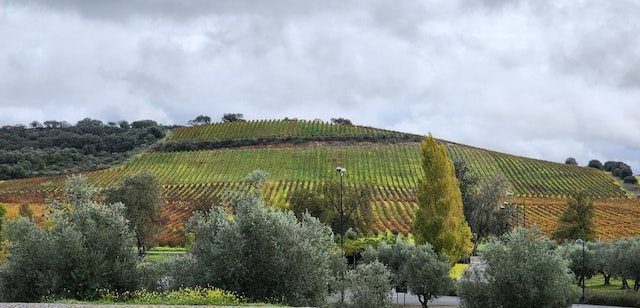
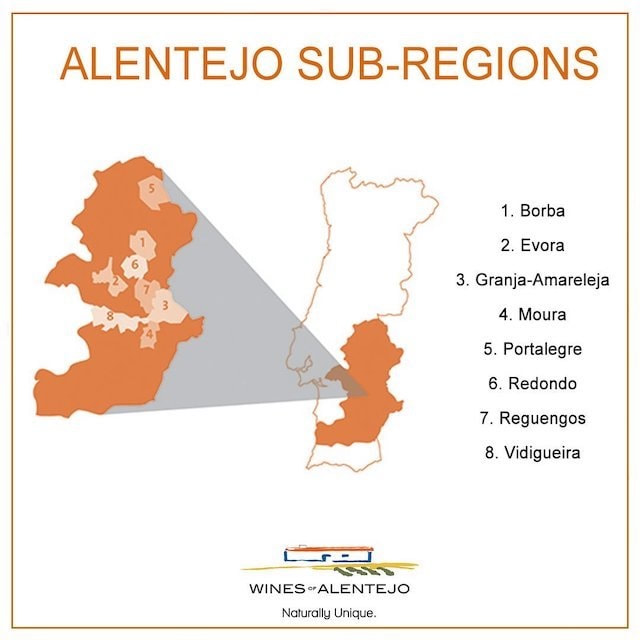
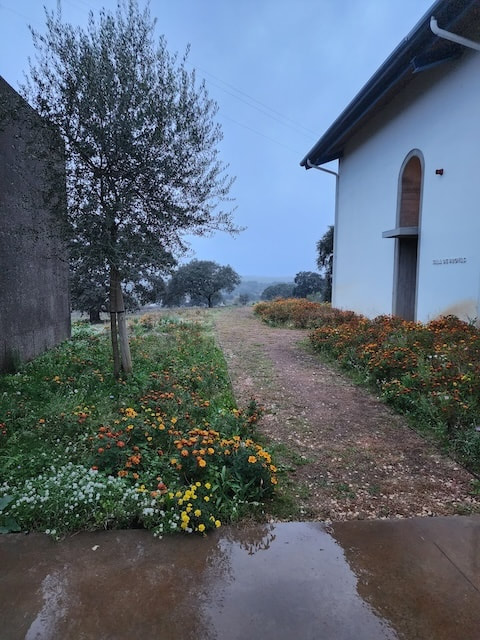
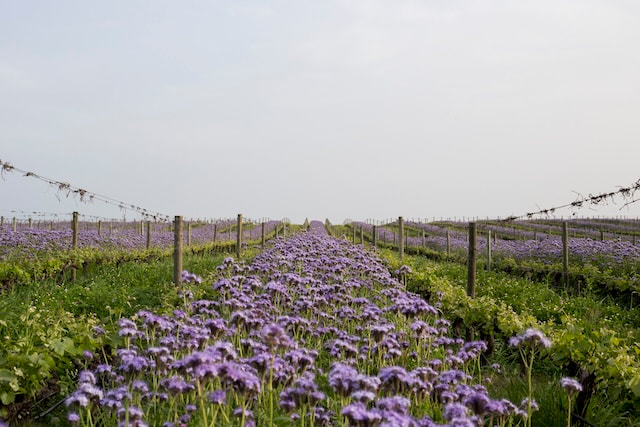
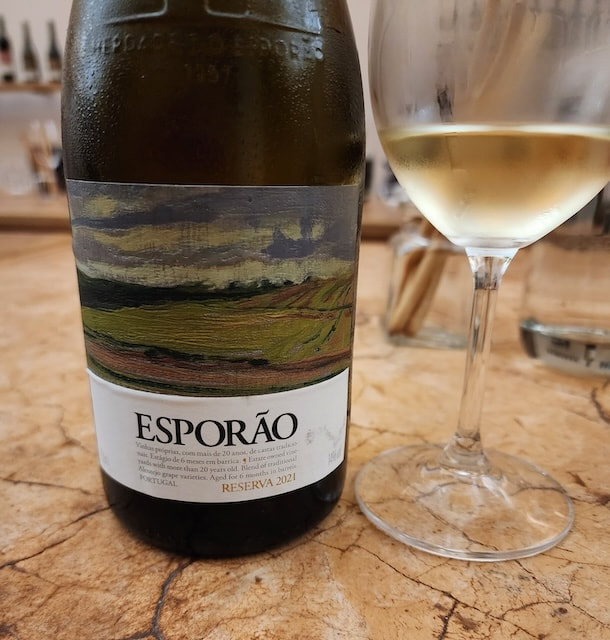
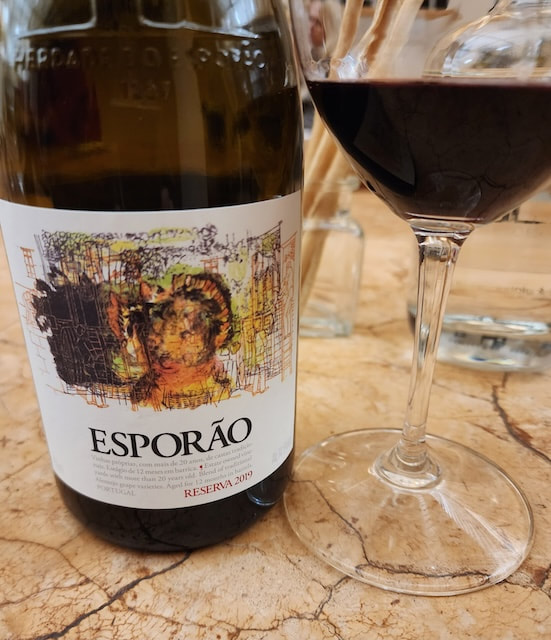
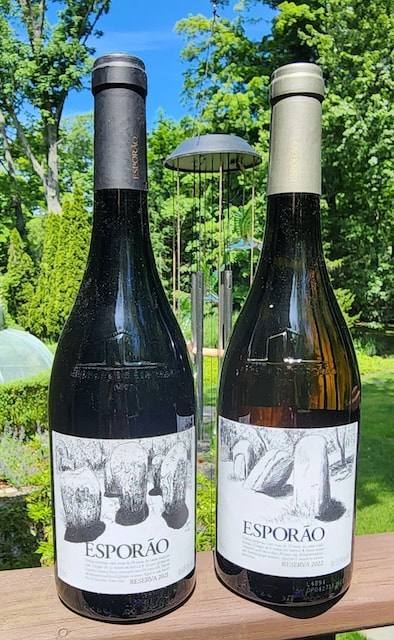
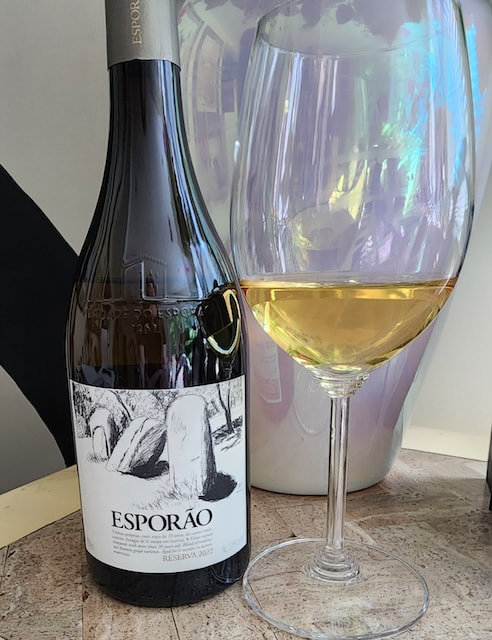
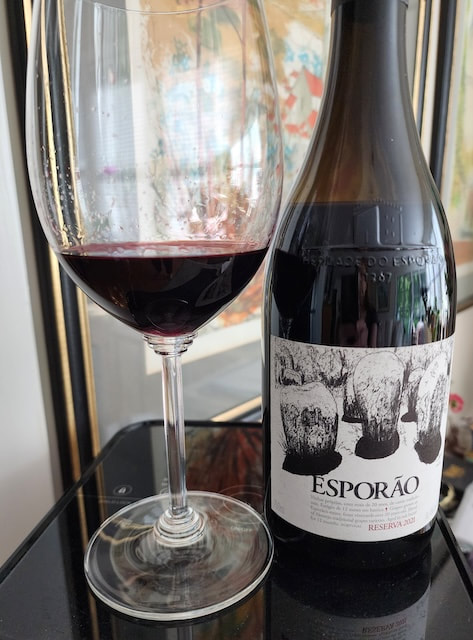
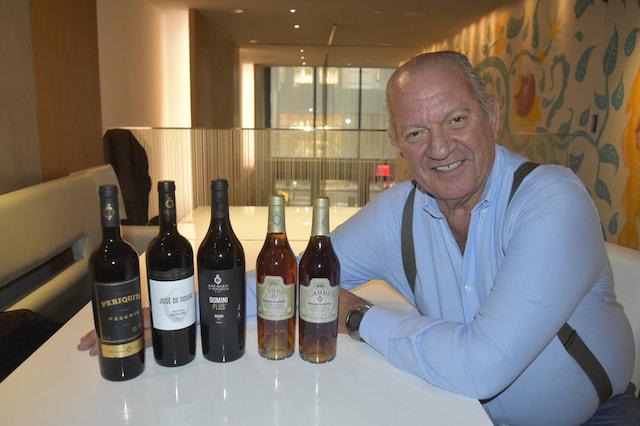
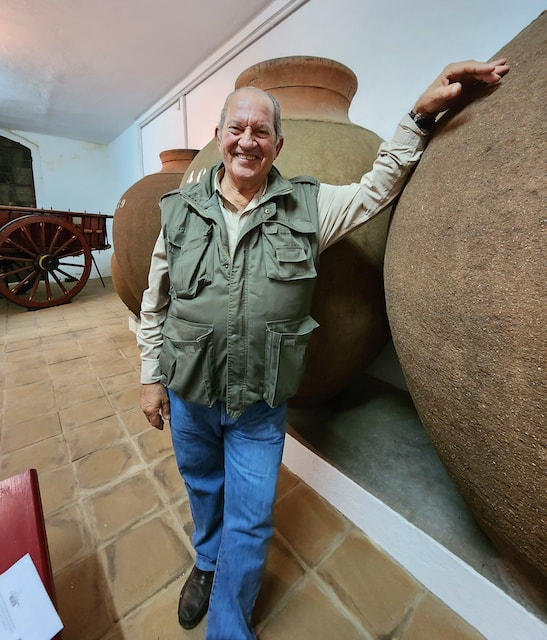

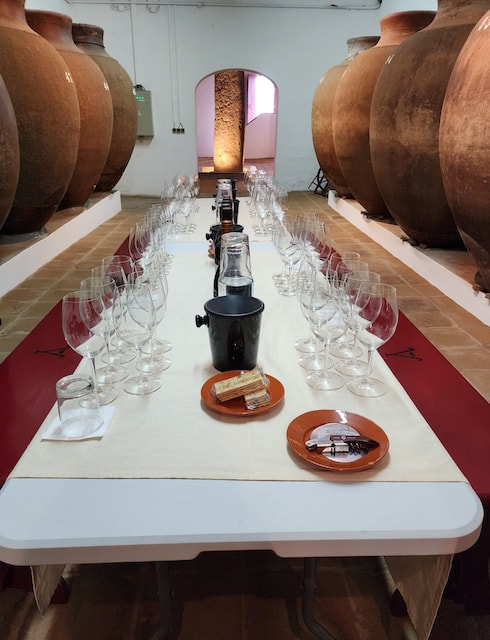
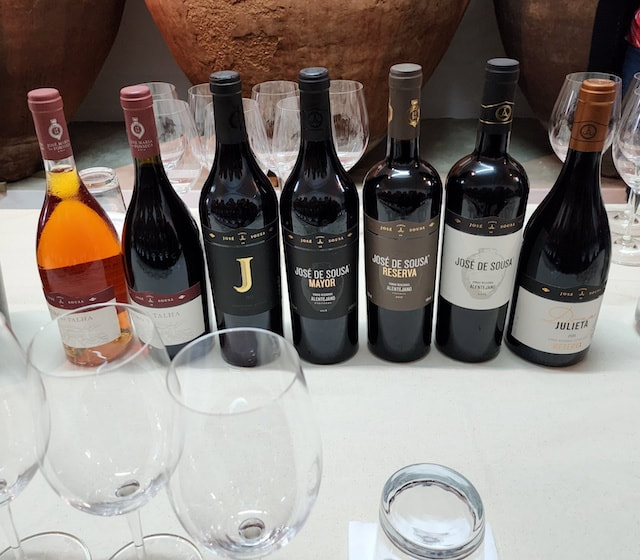
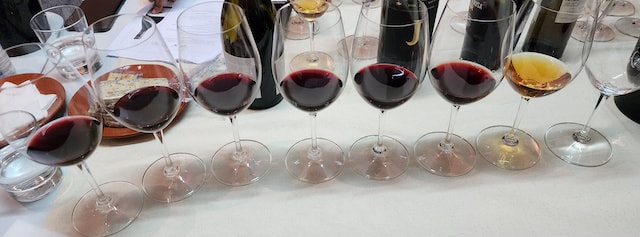
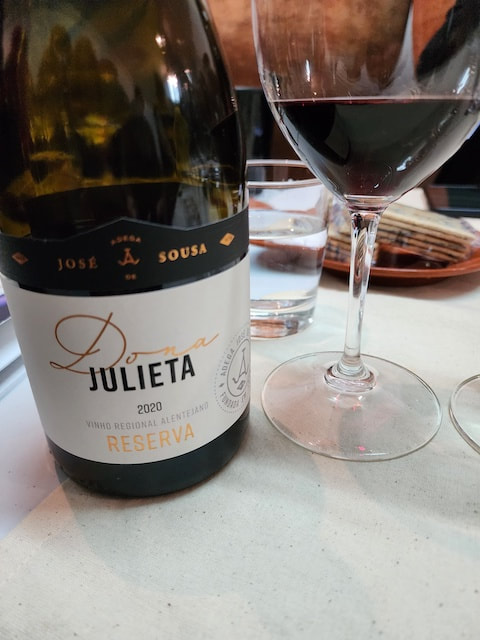
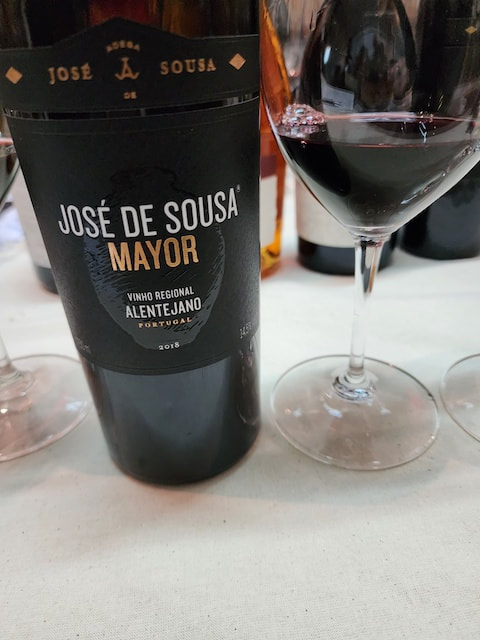
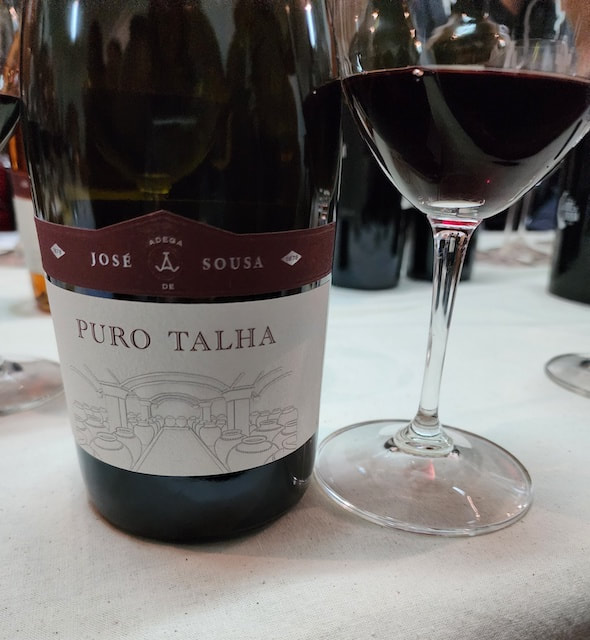
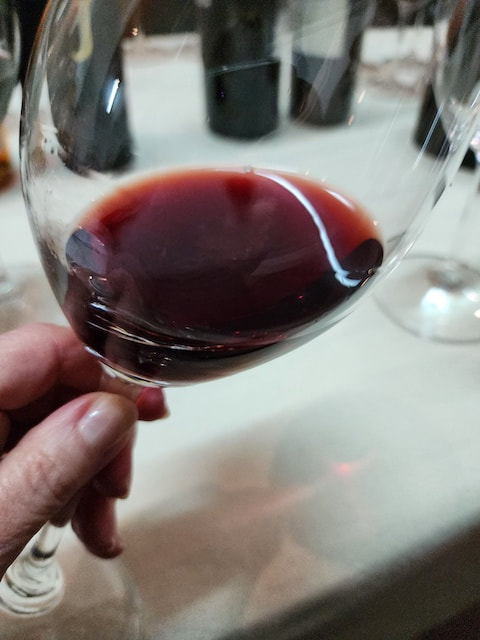
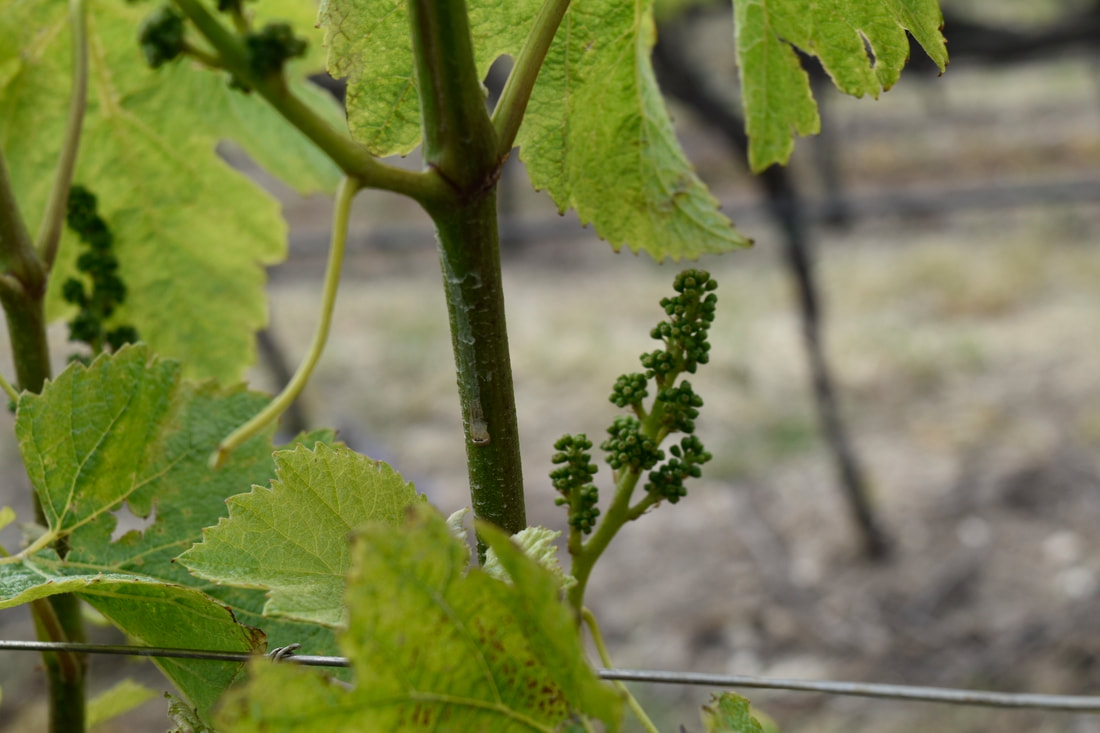
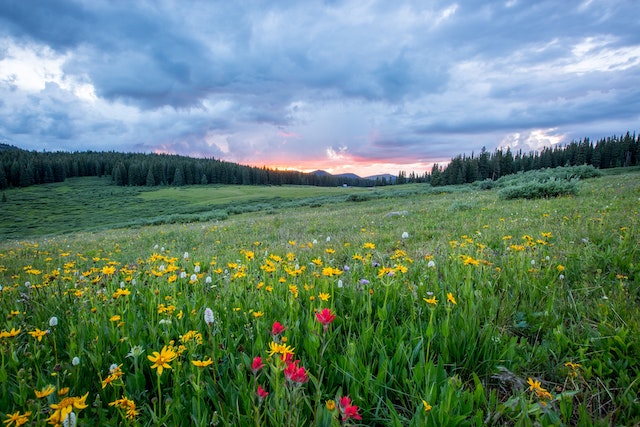
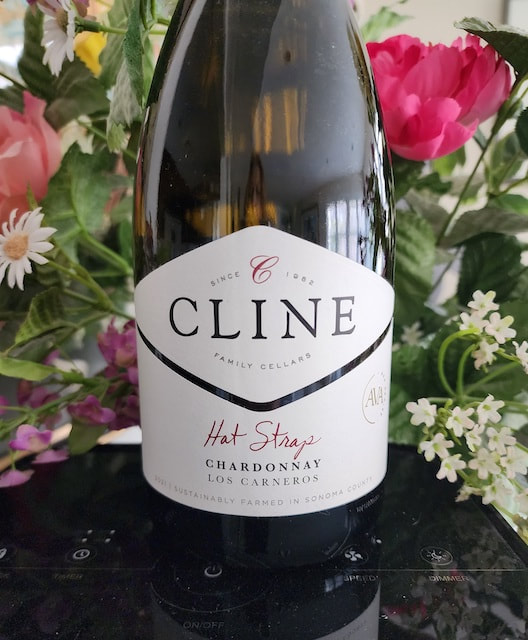
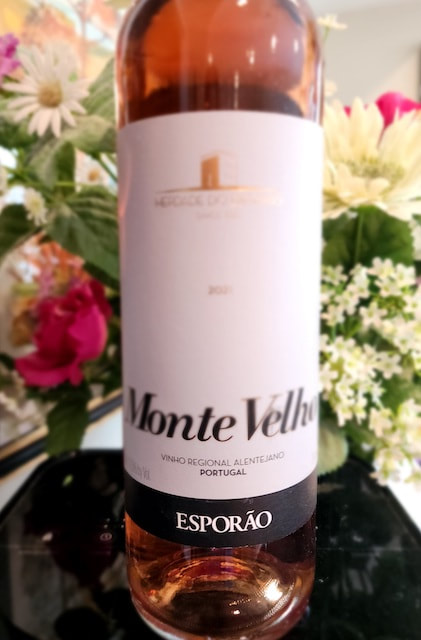
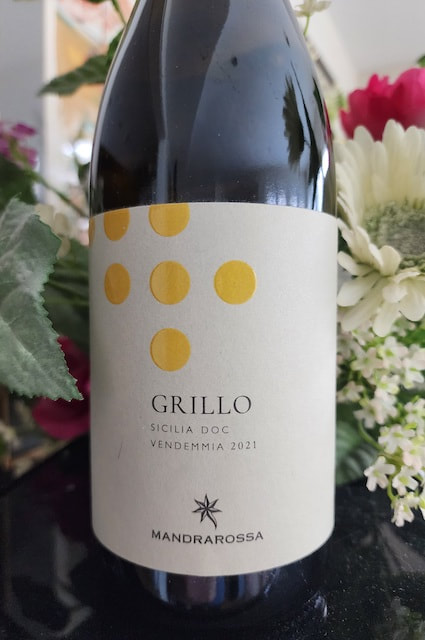
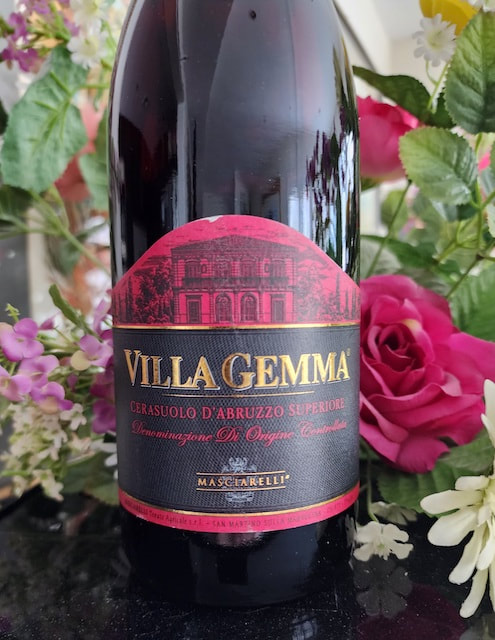
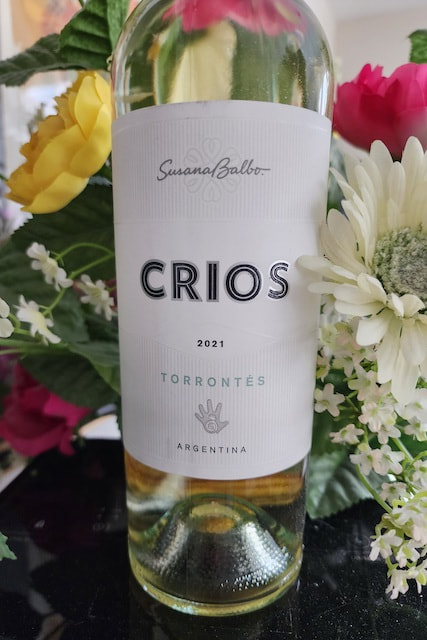
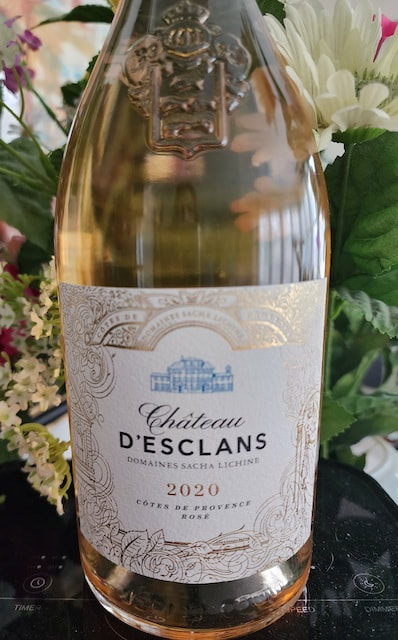
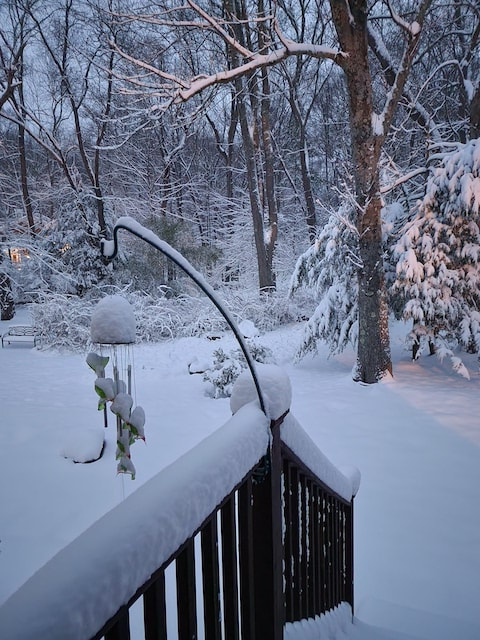
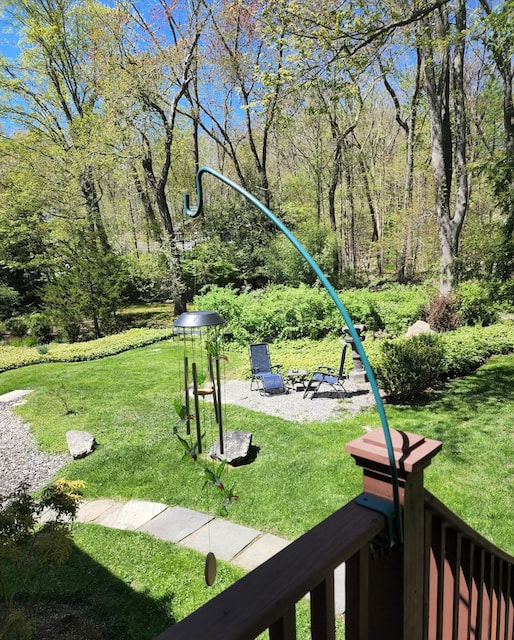
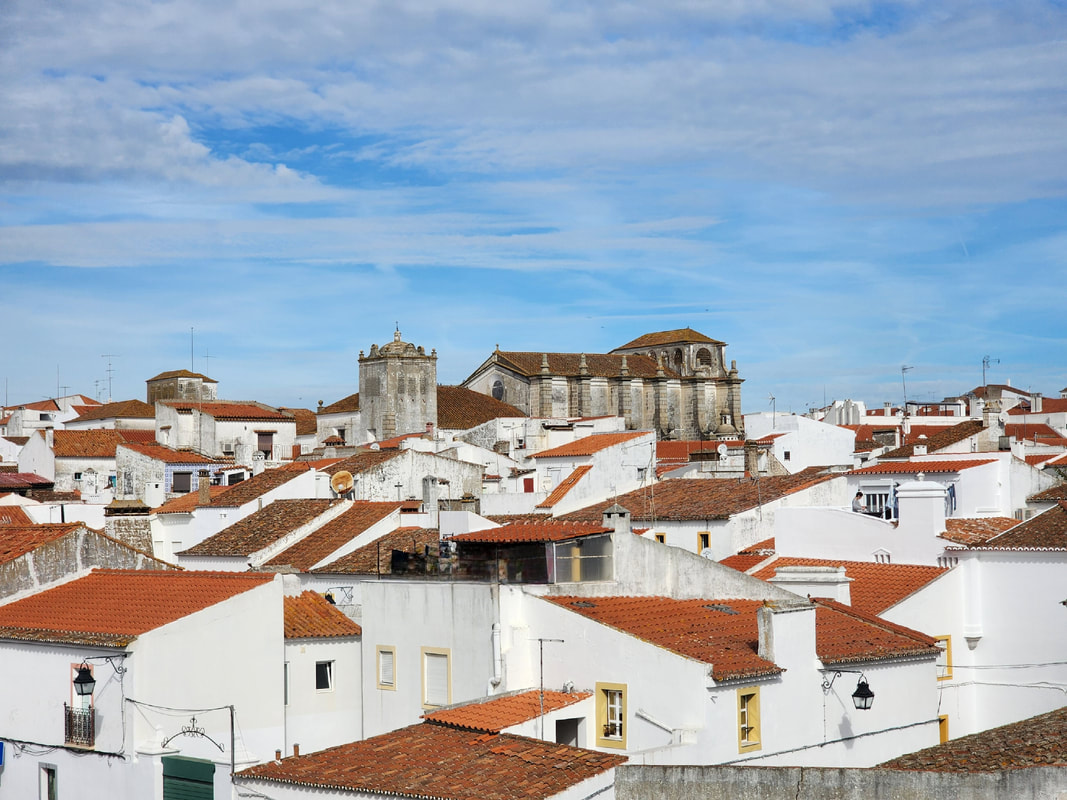
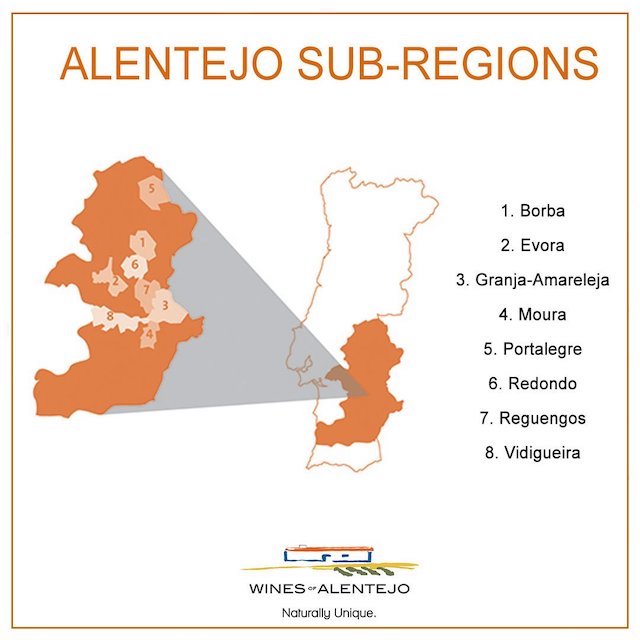
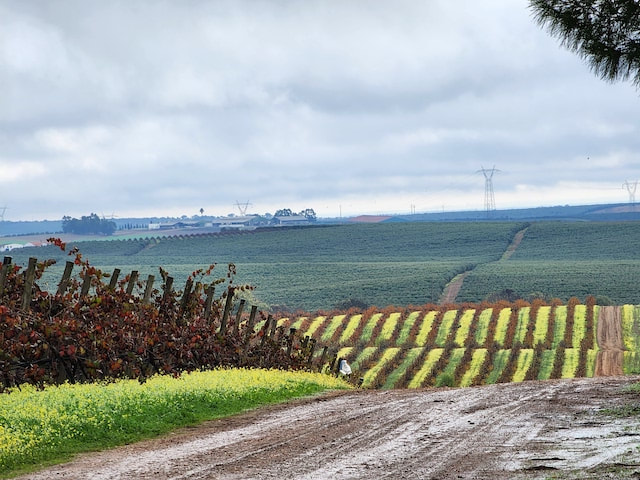
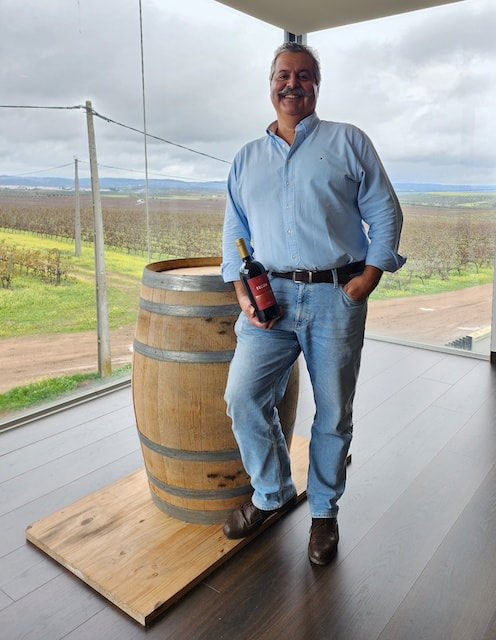
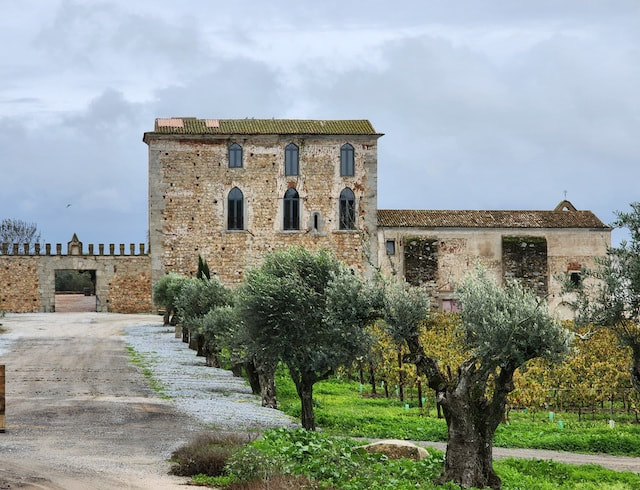
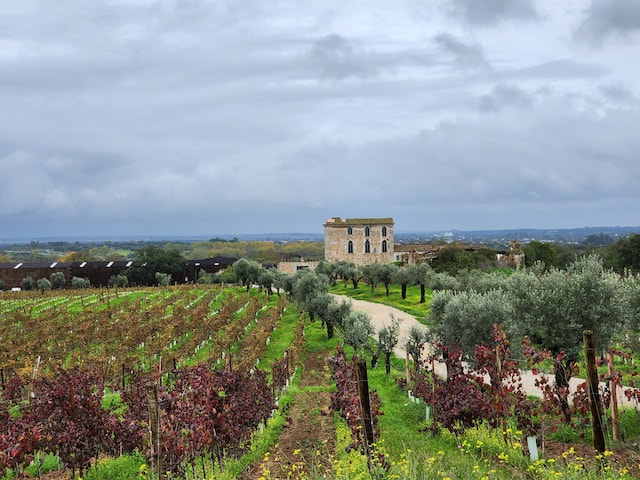
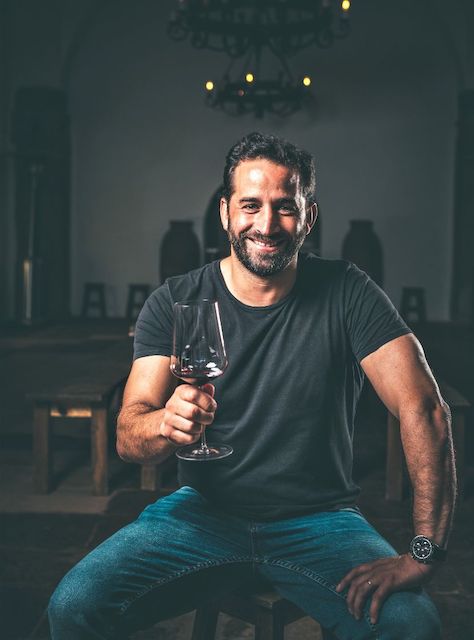
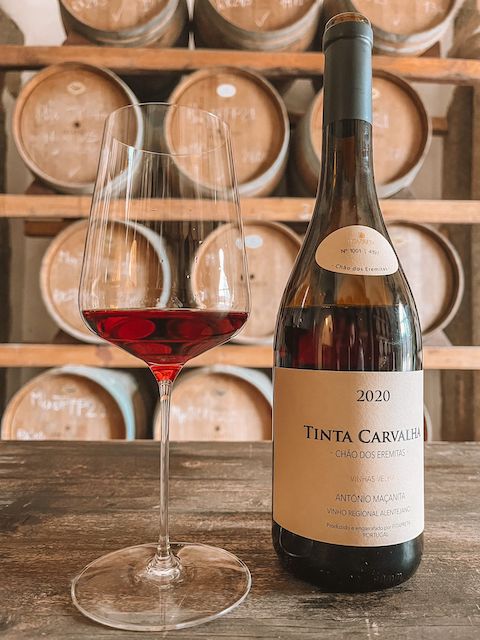
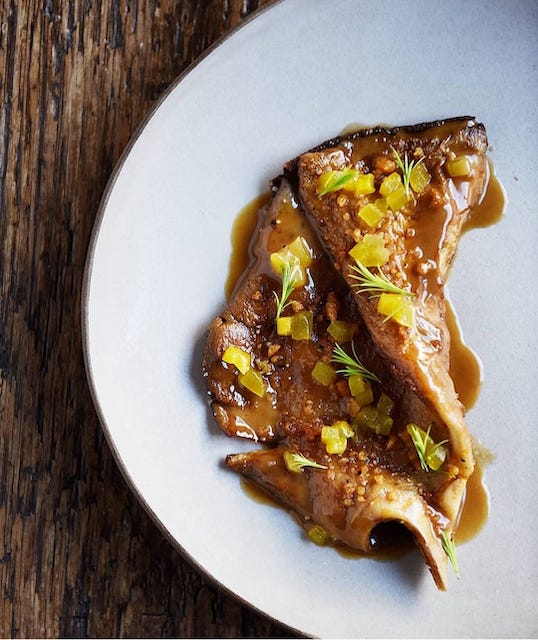
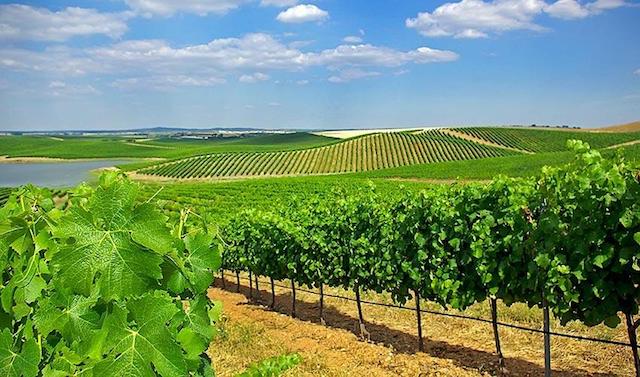
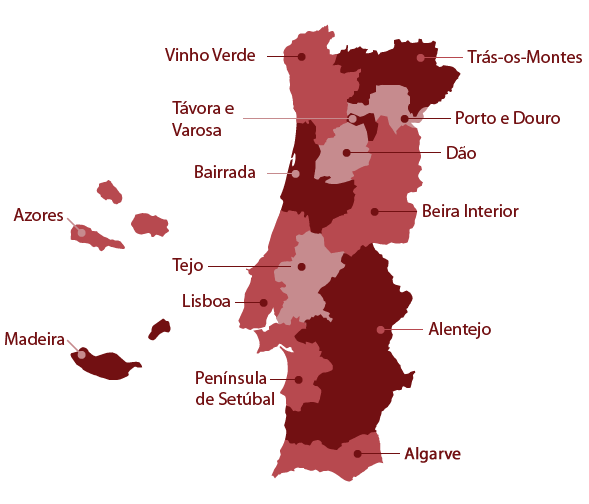
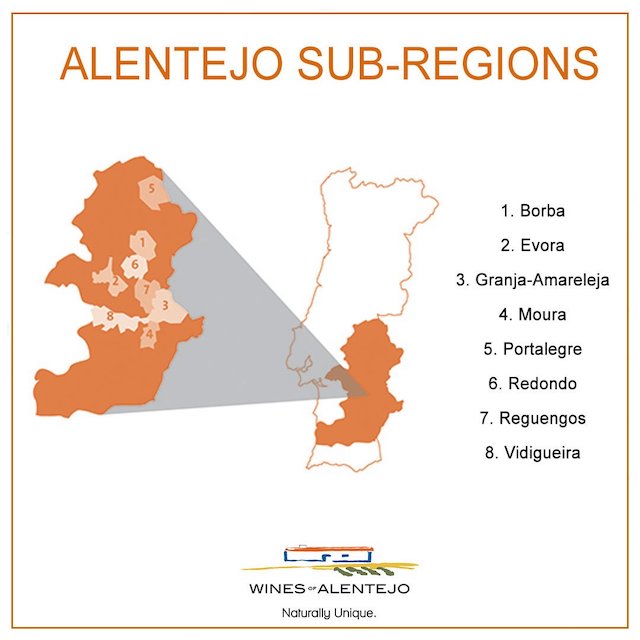
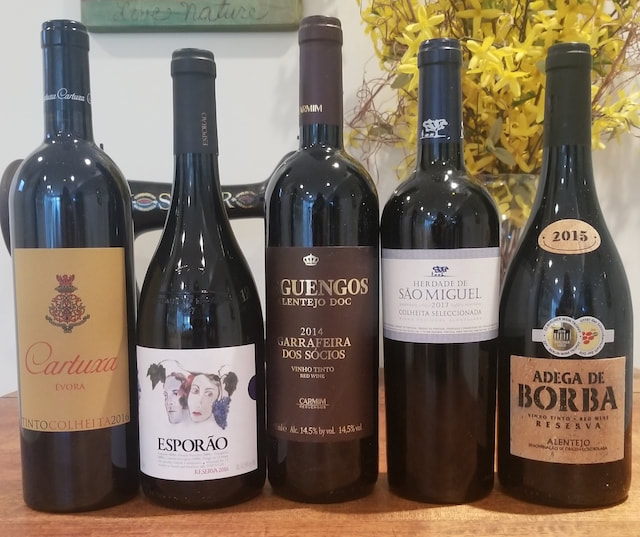
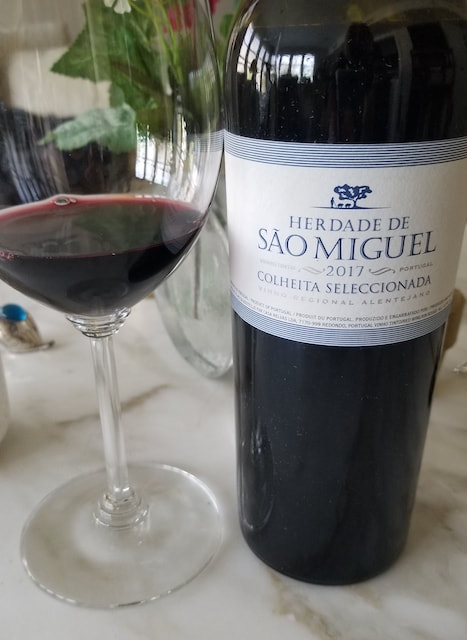
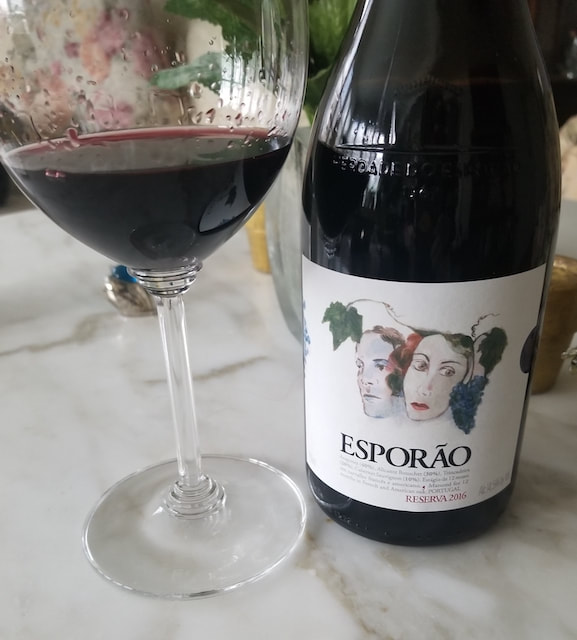
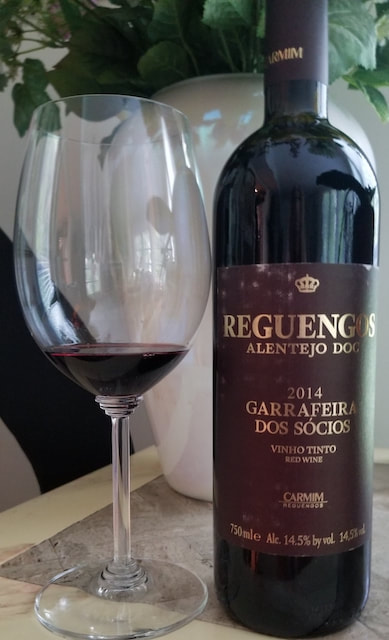
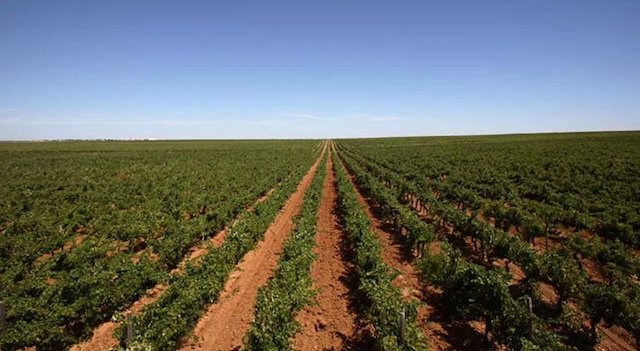
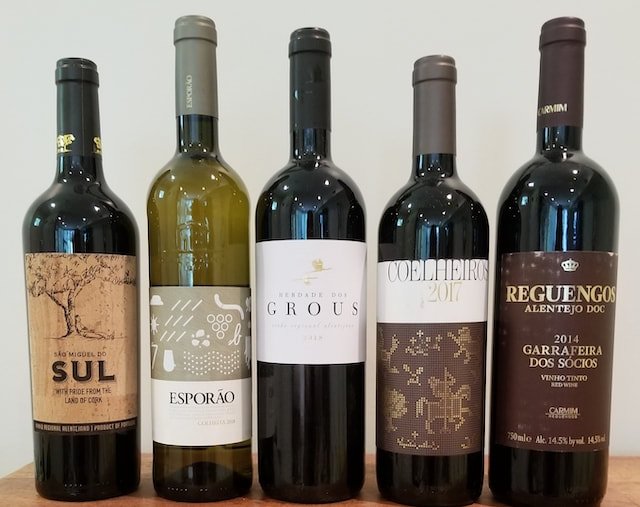
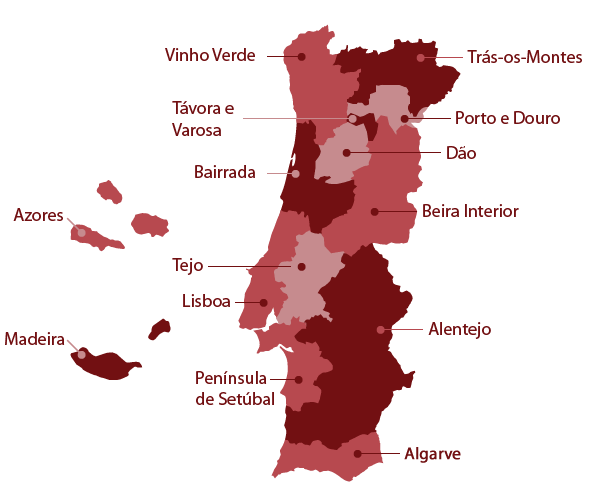
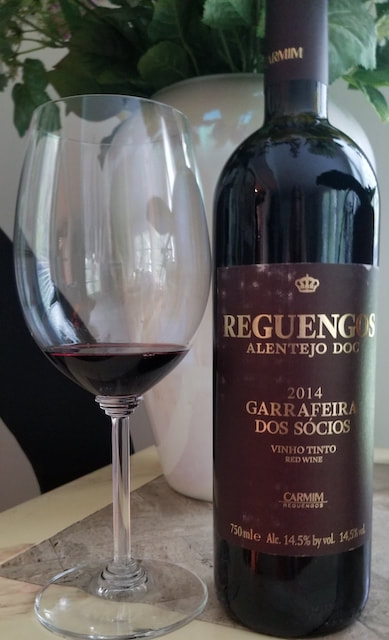
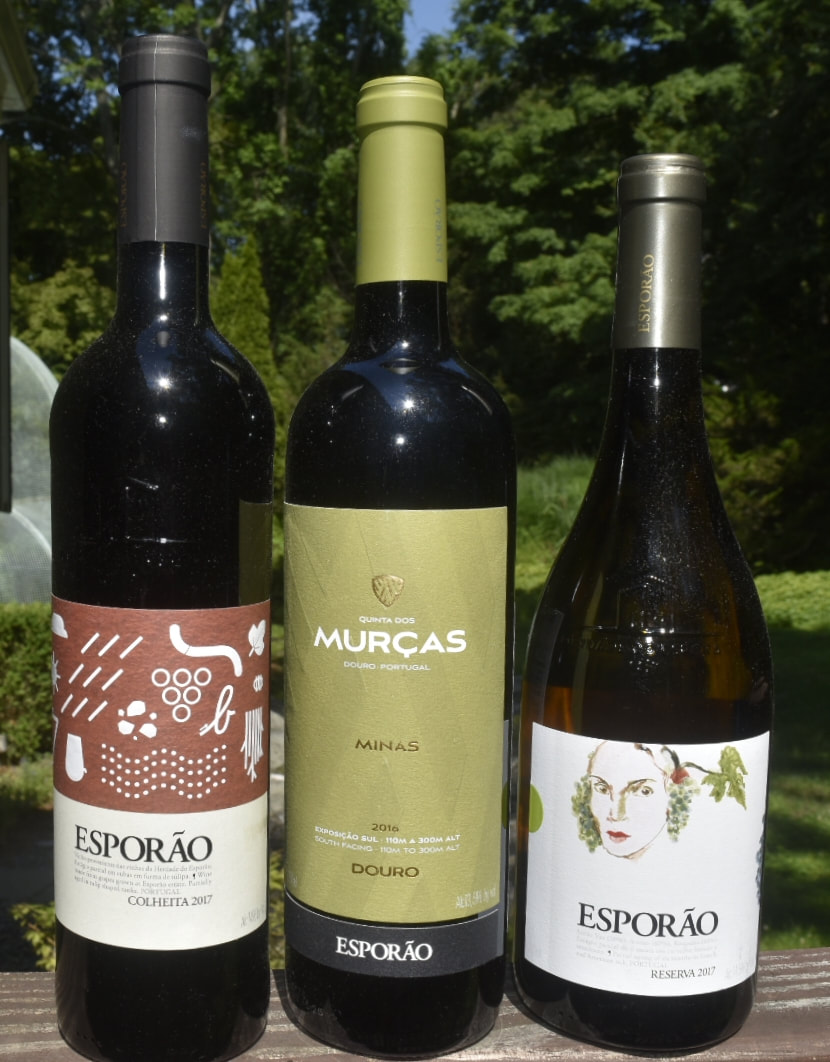
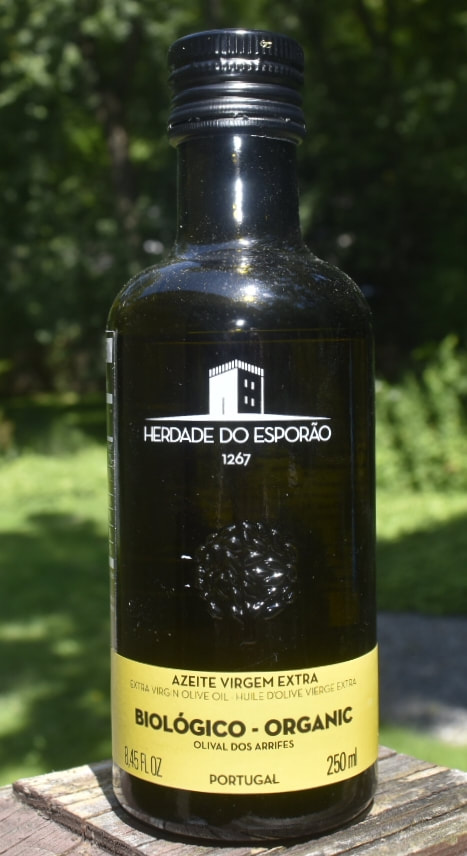
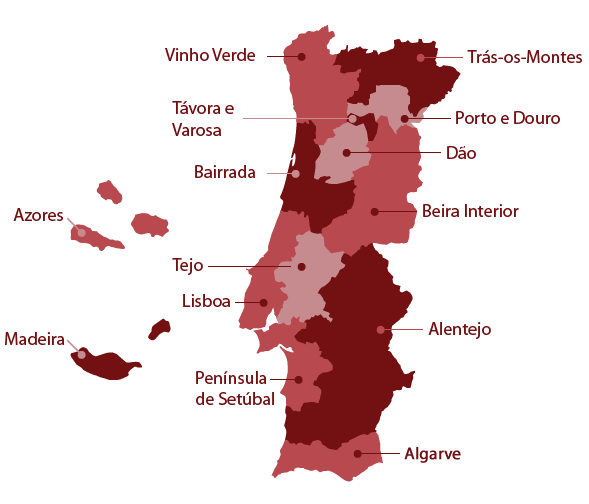
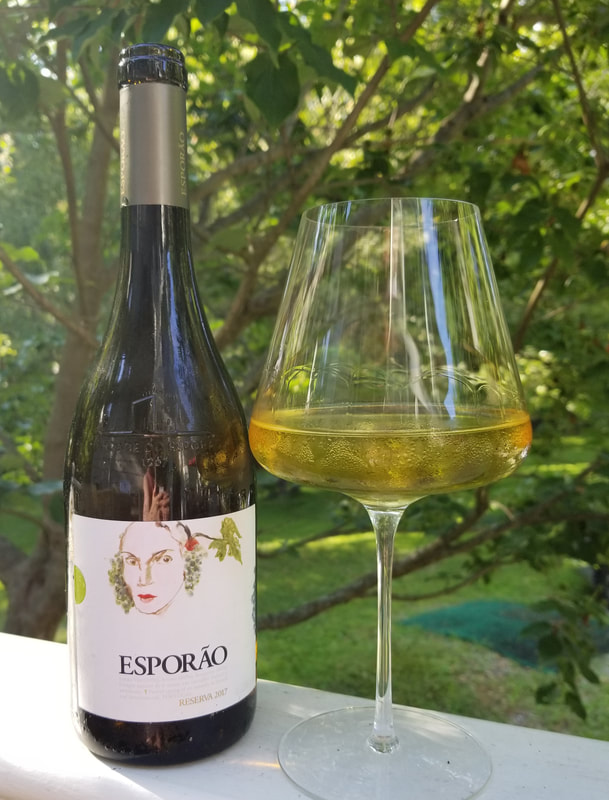
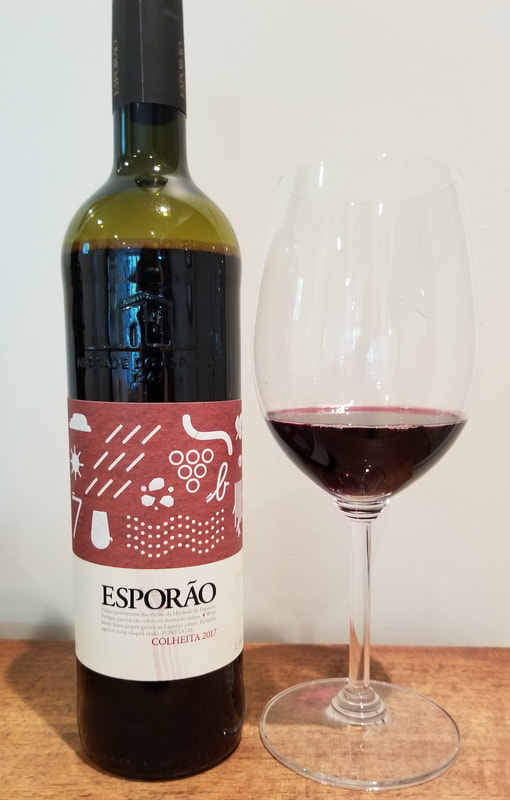
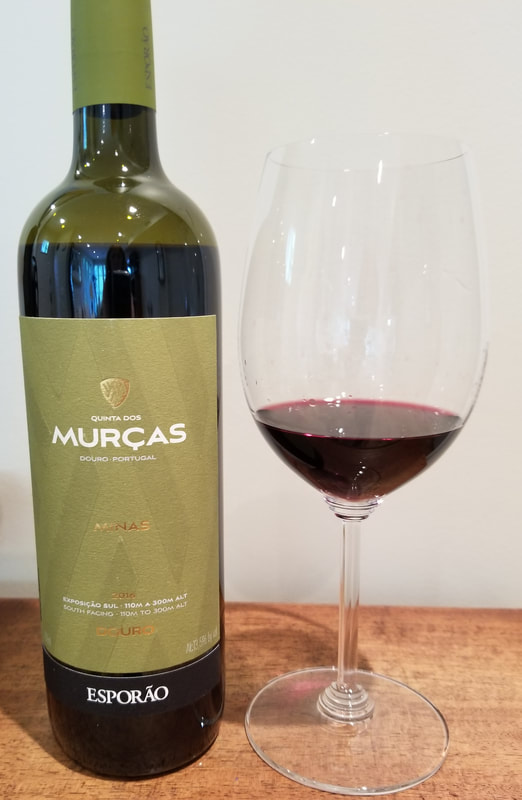
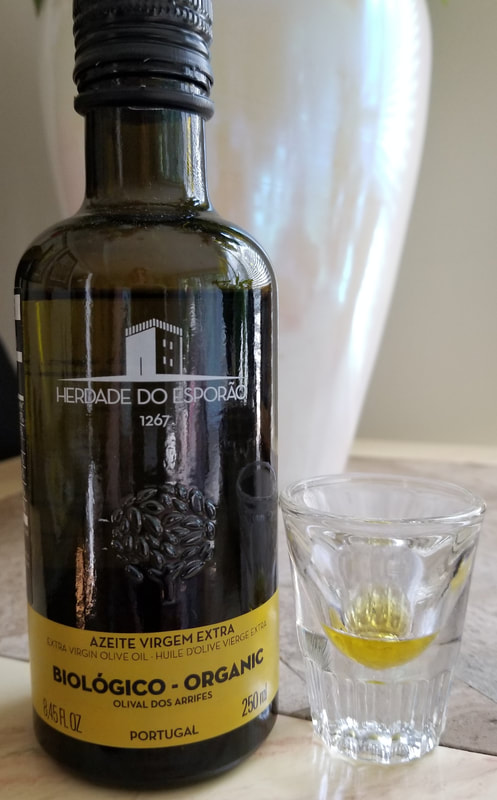
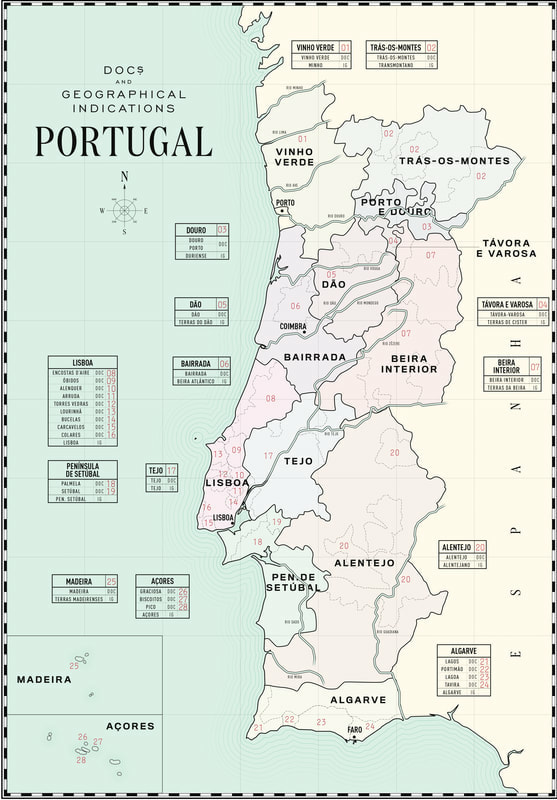
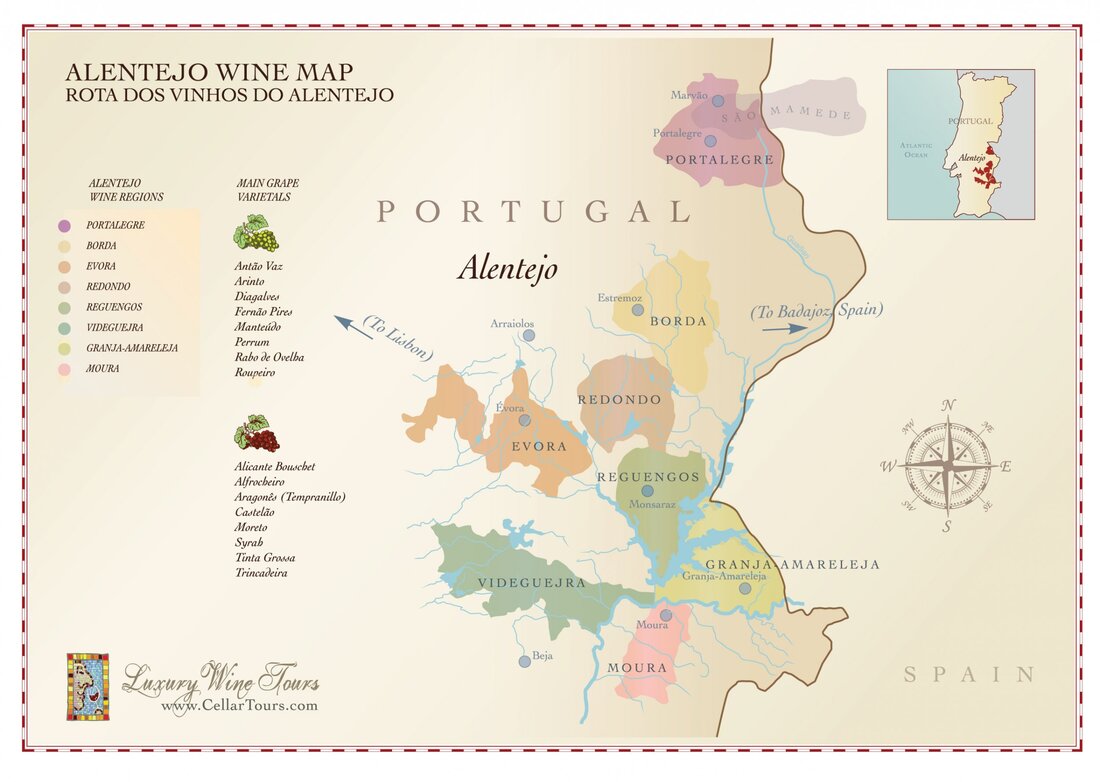
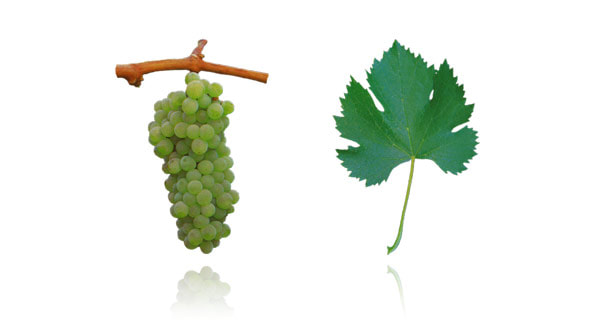
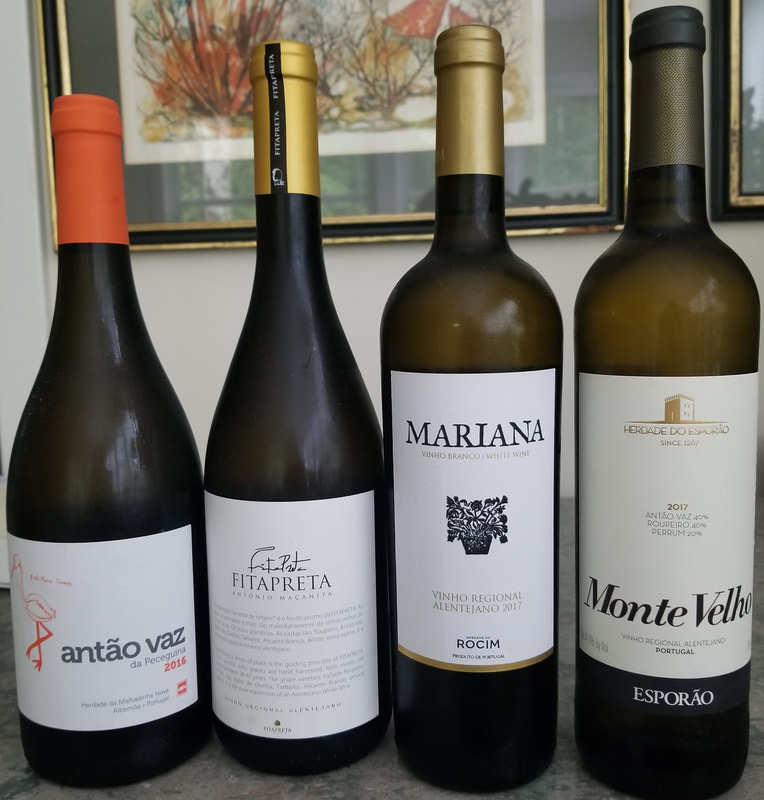
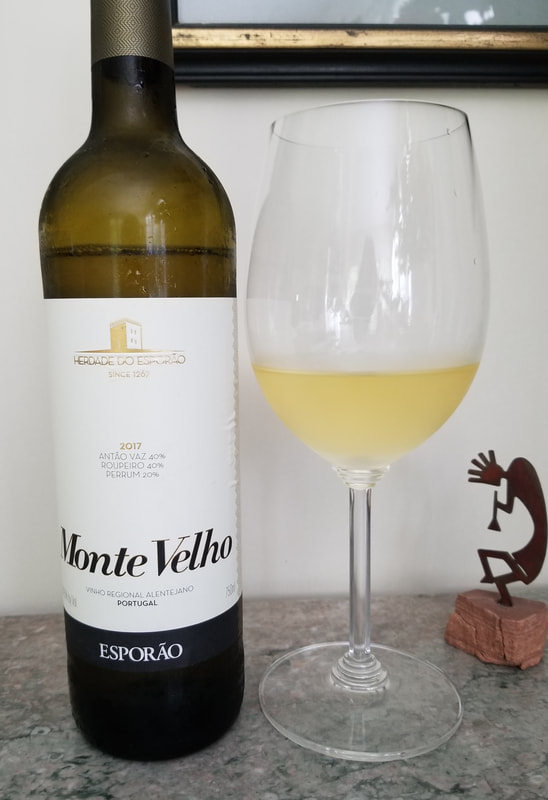
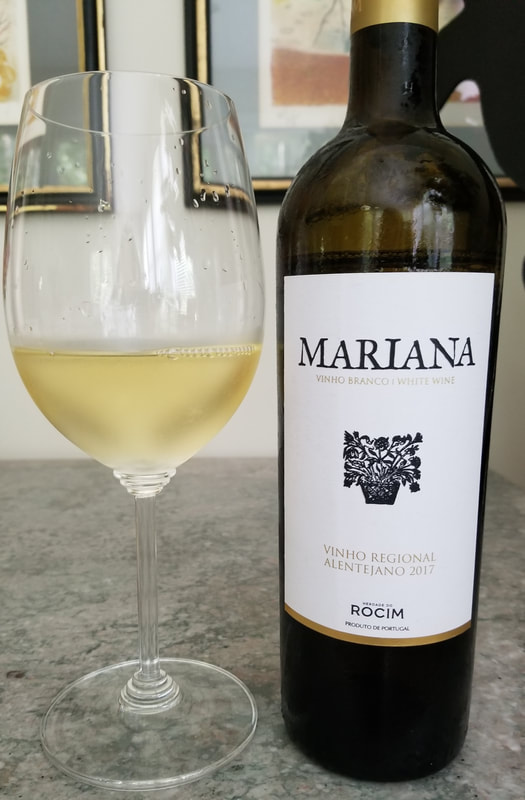
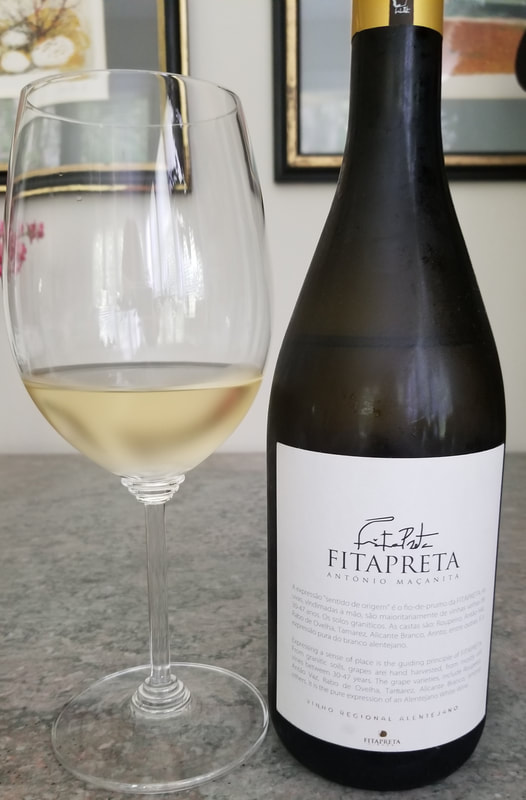
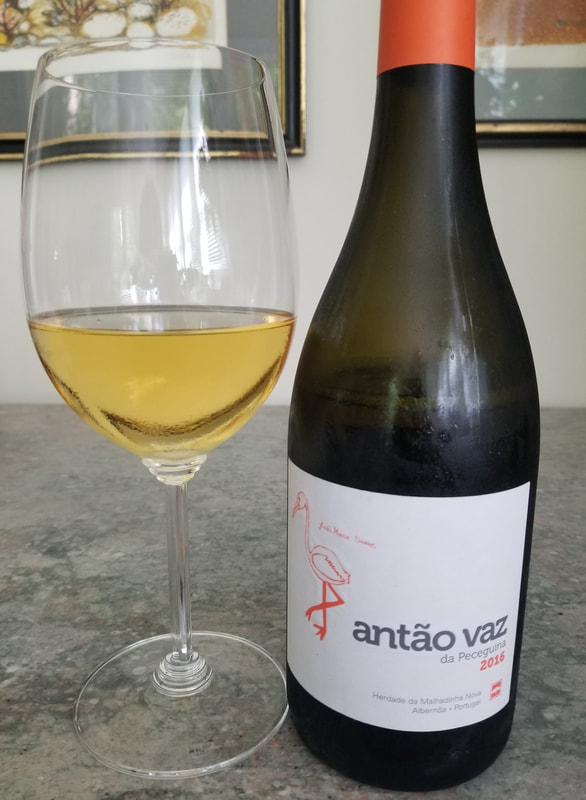
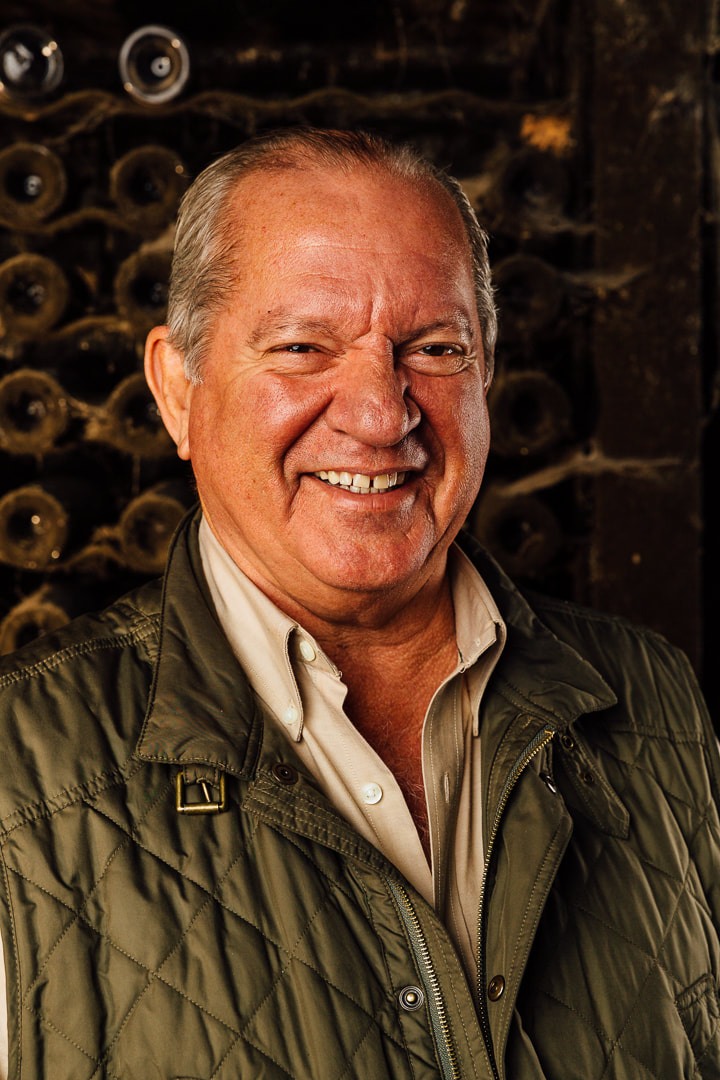
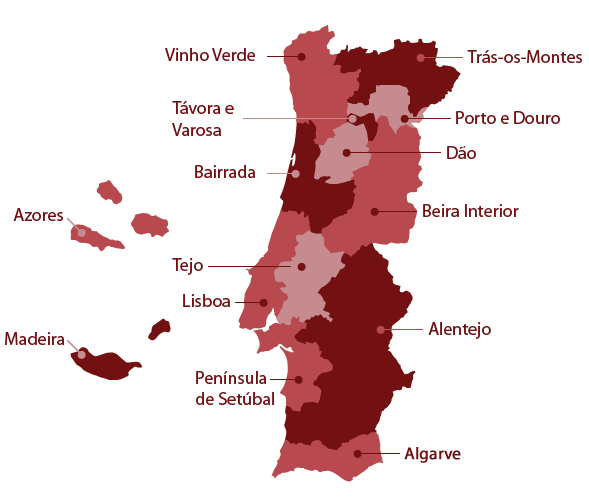

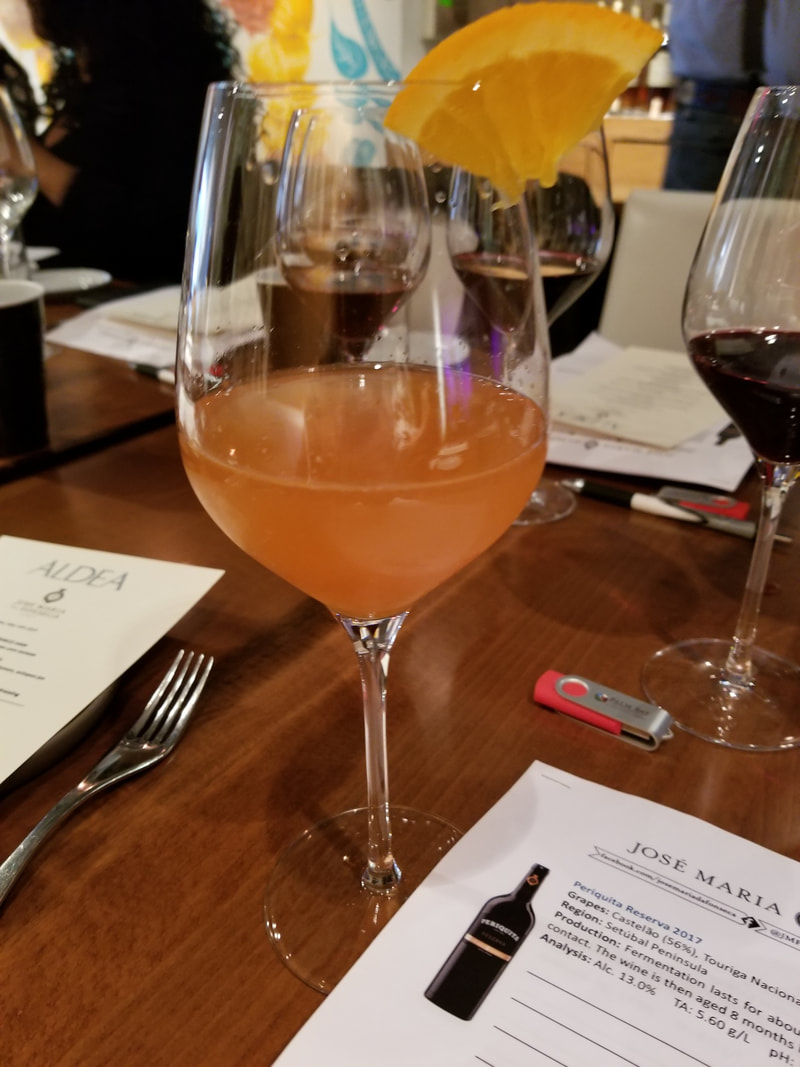
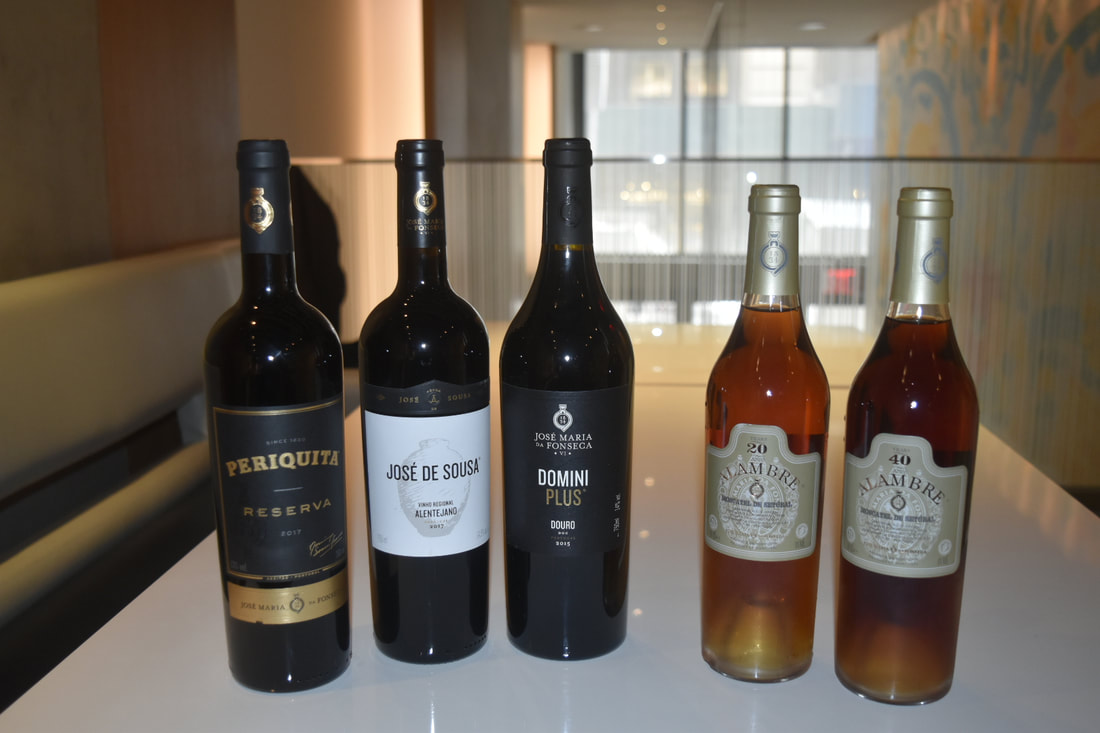
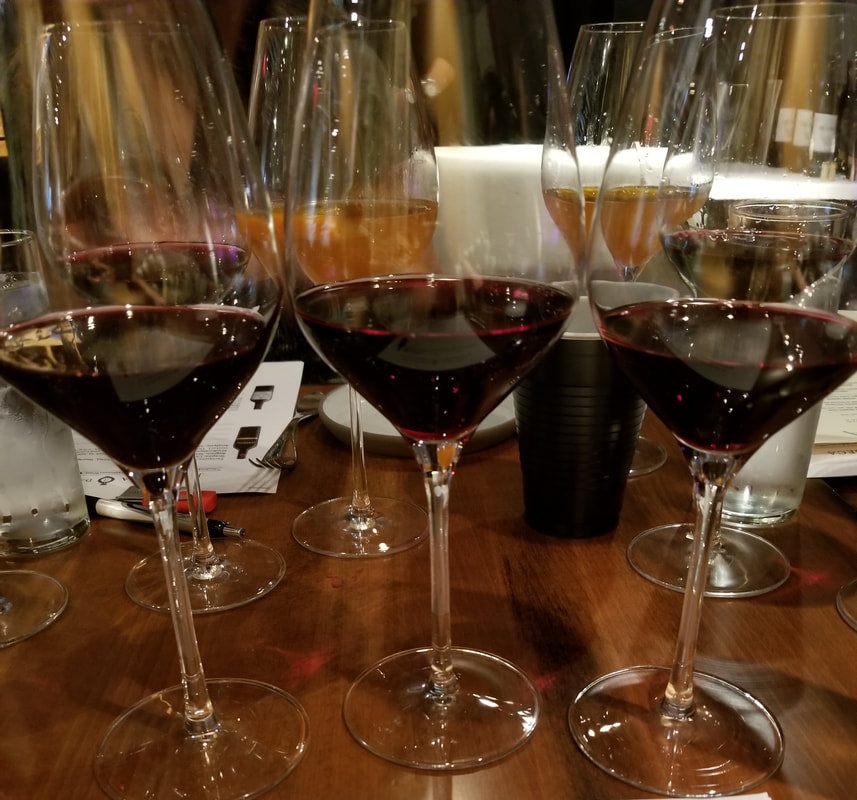
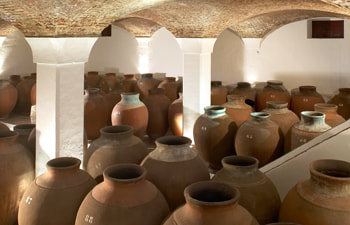

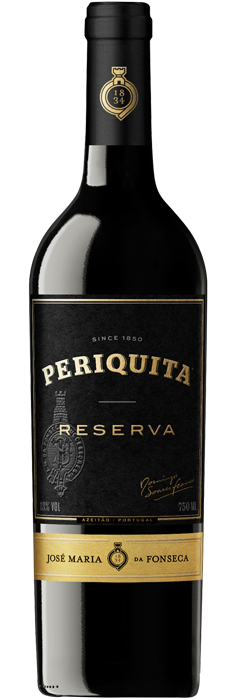

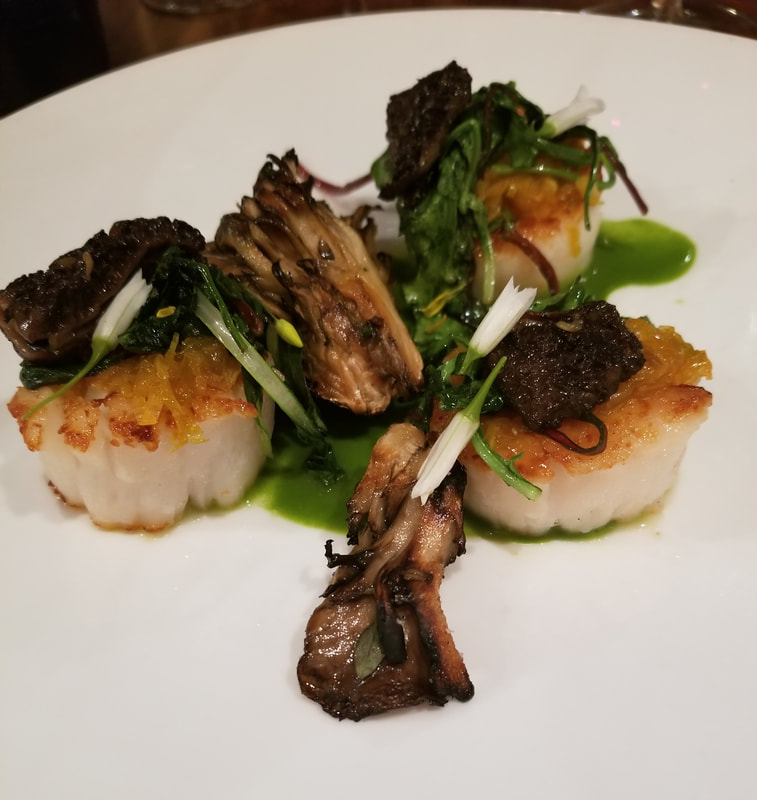
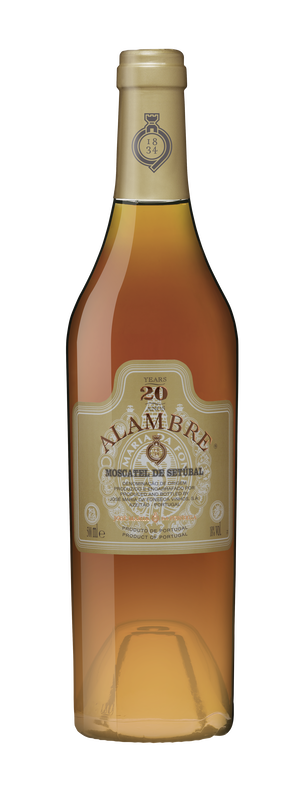
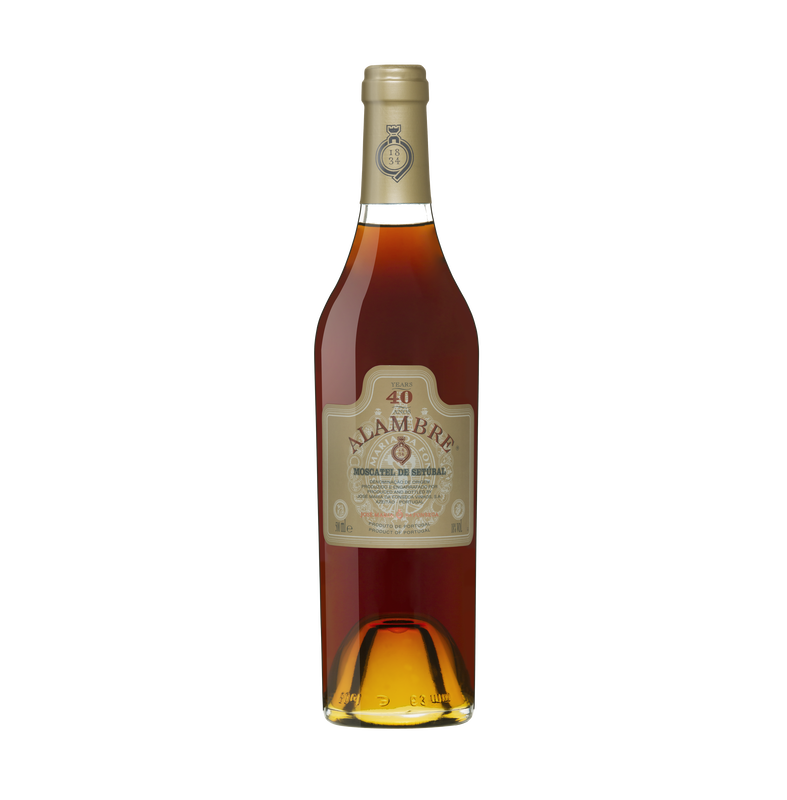
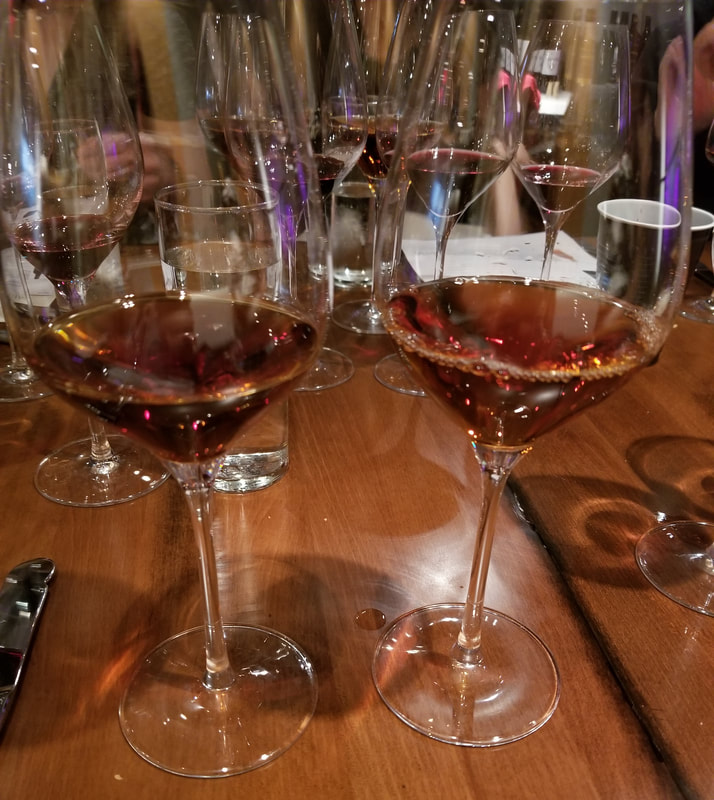
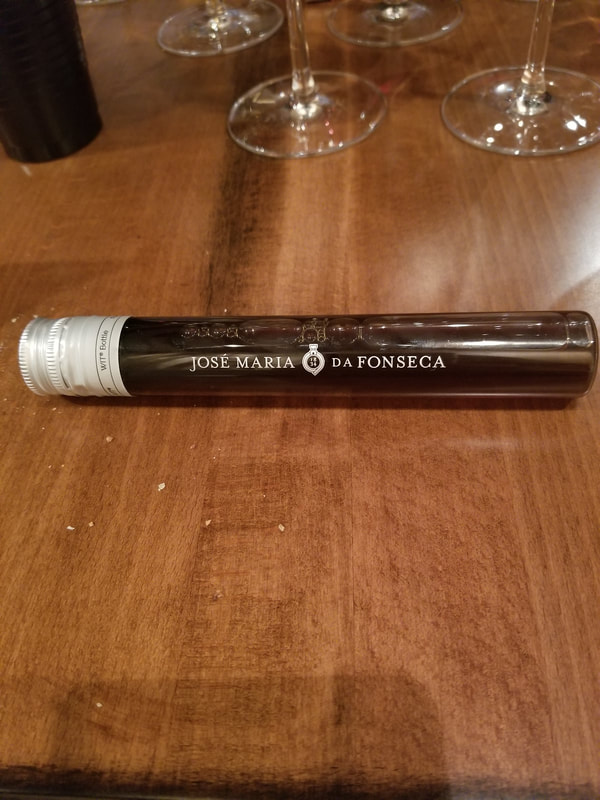
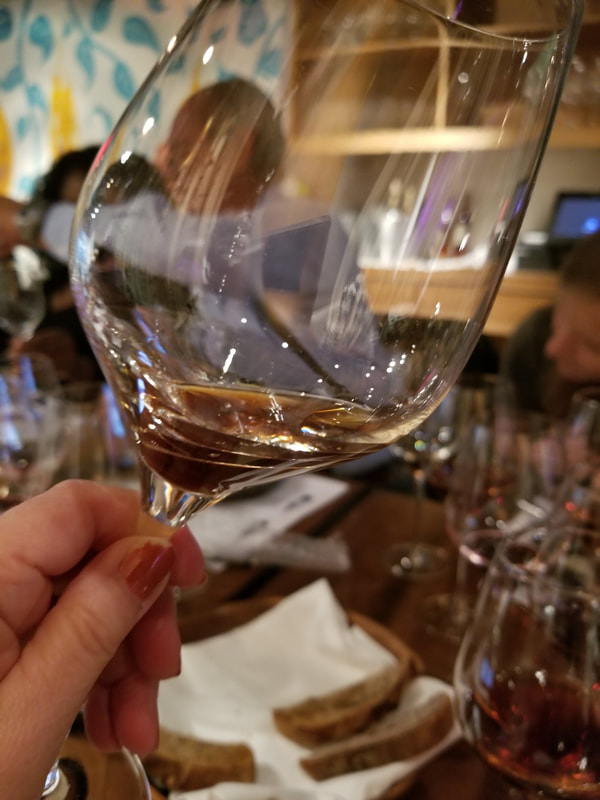
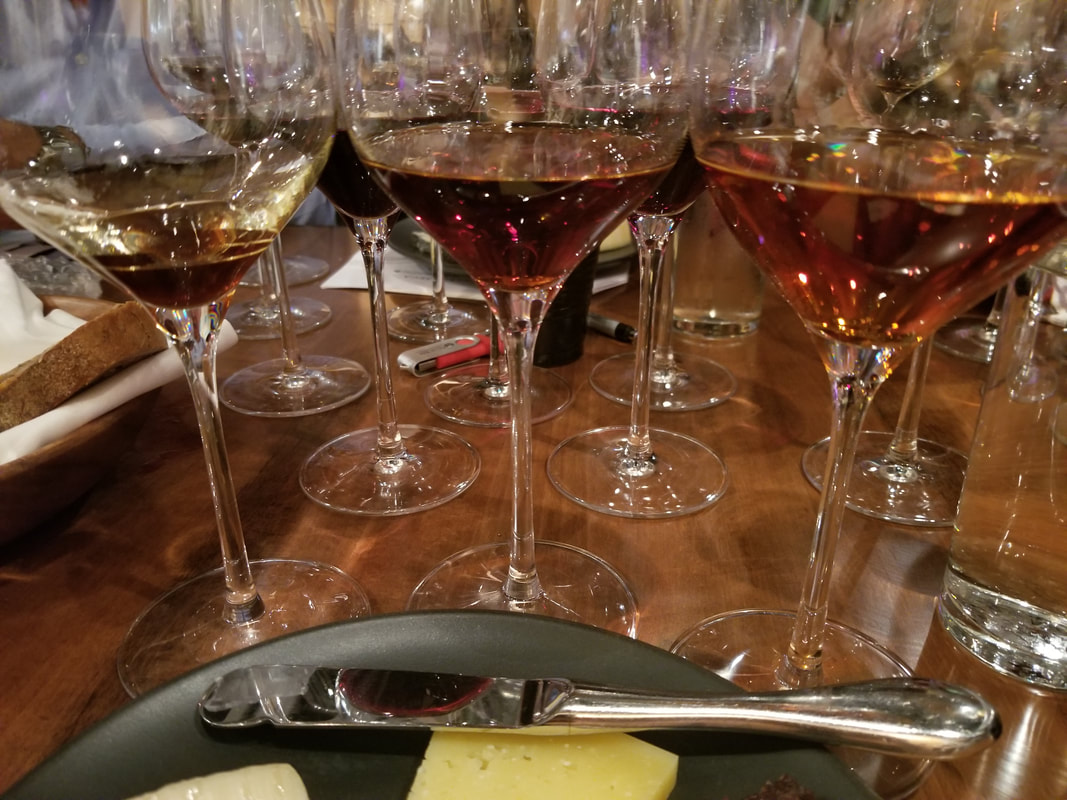
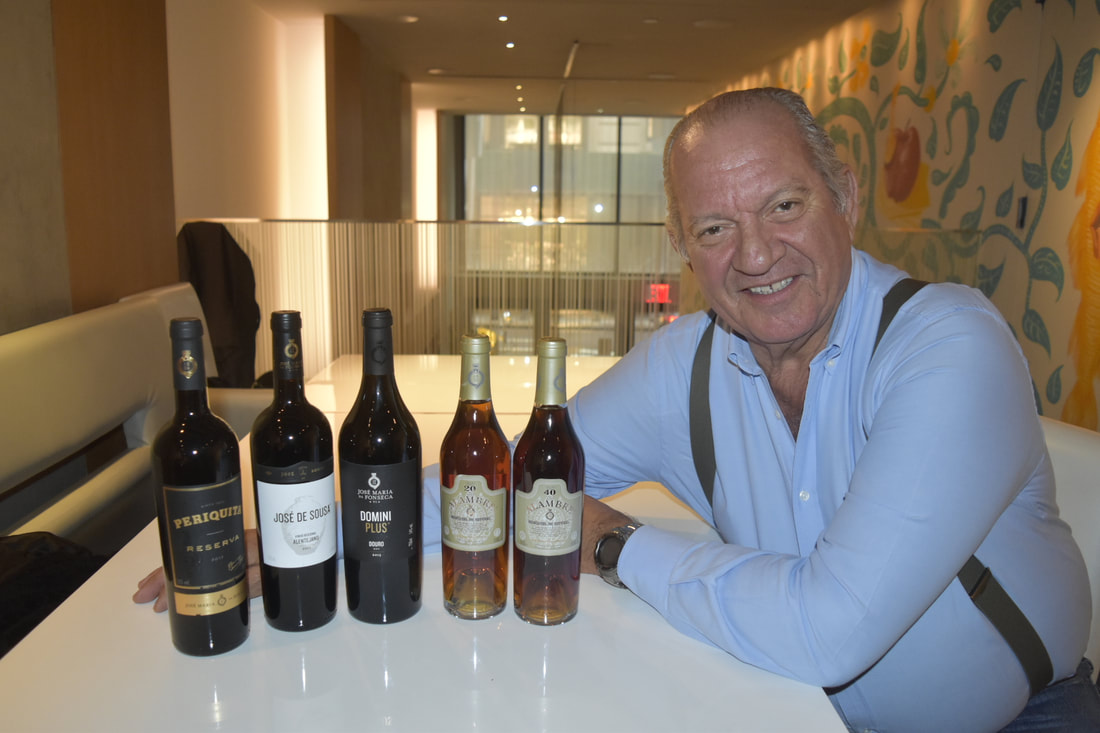
 RSS Feed
RSS Feed